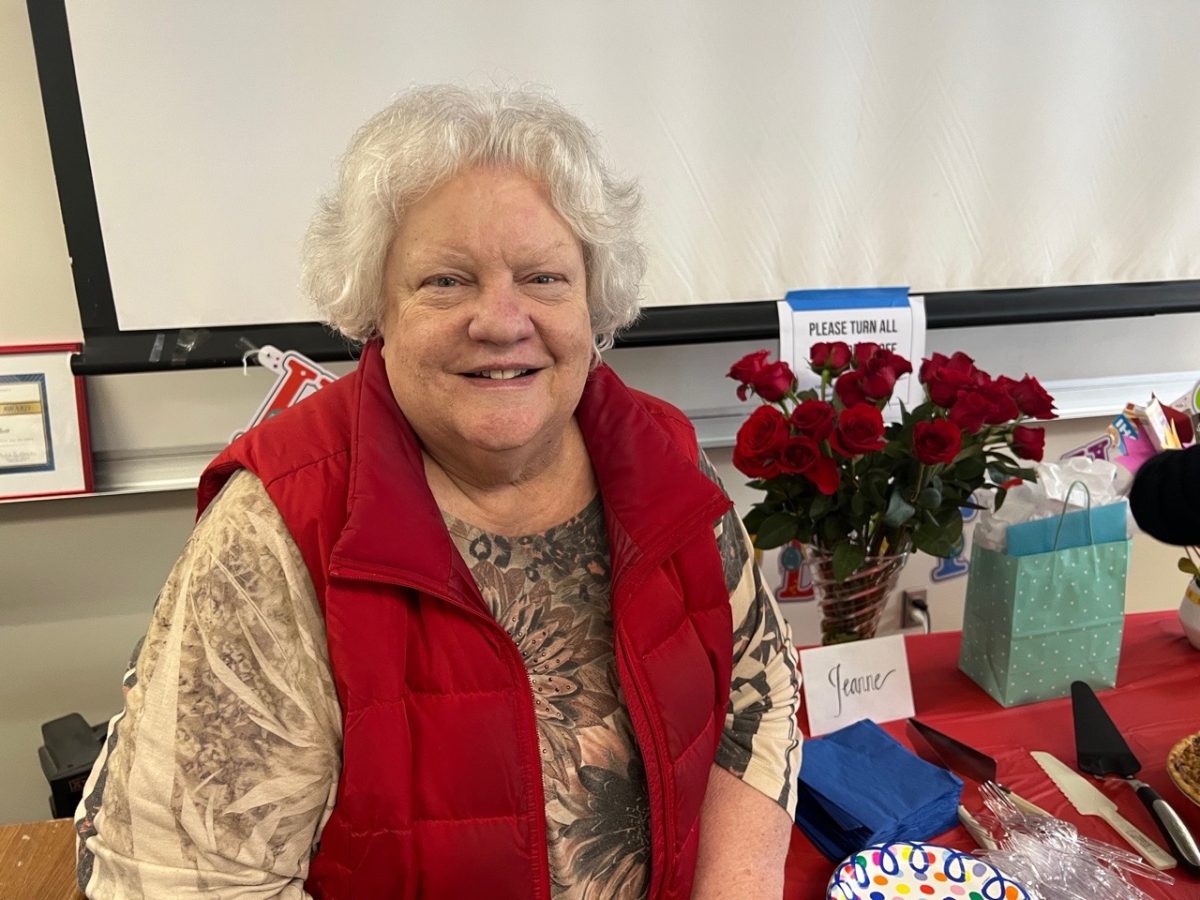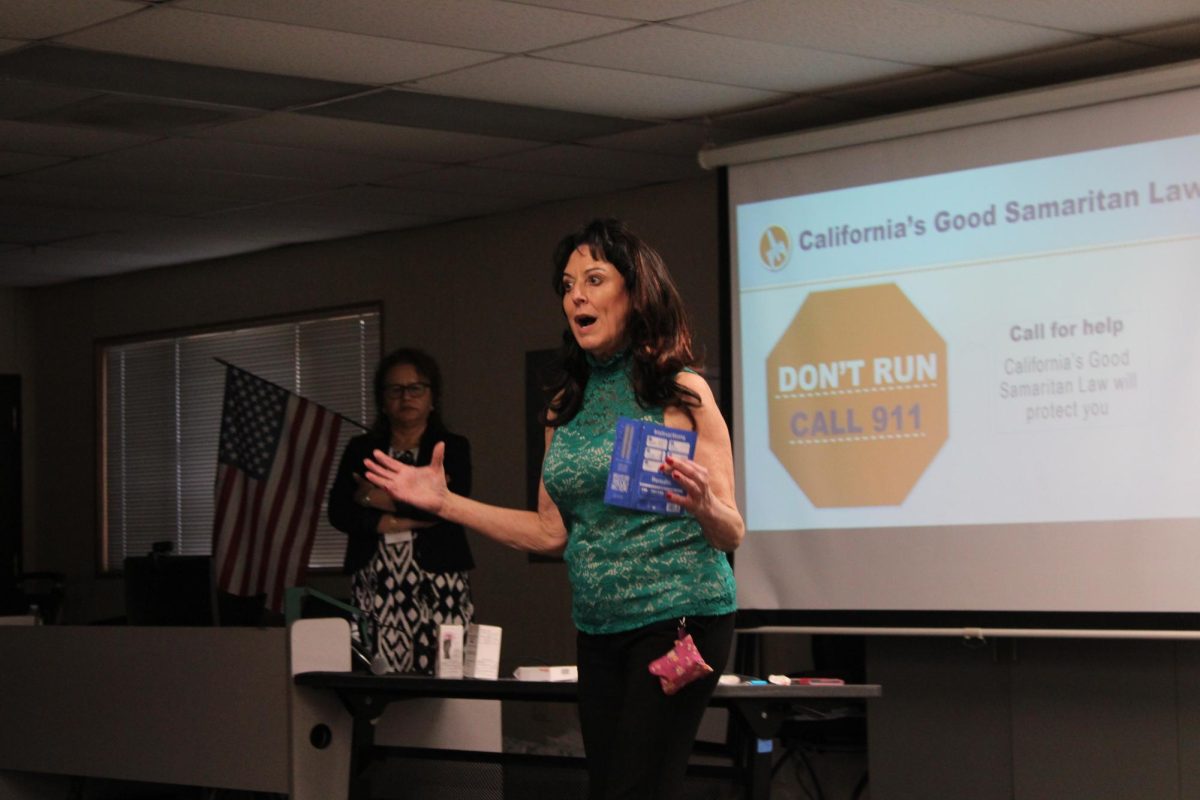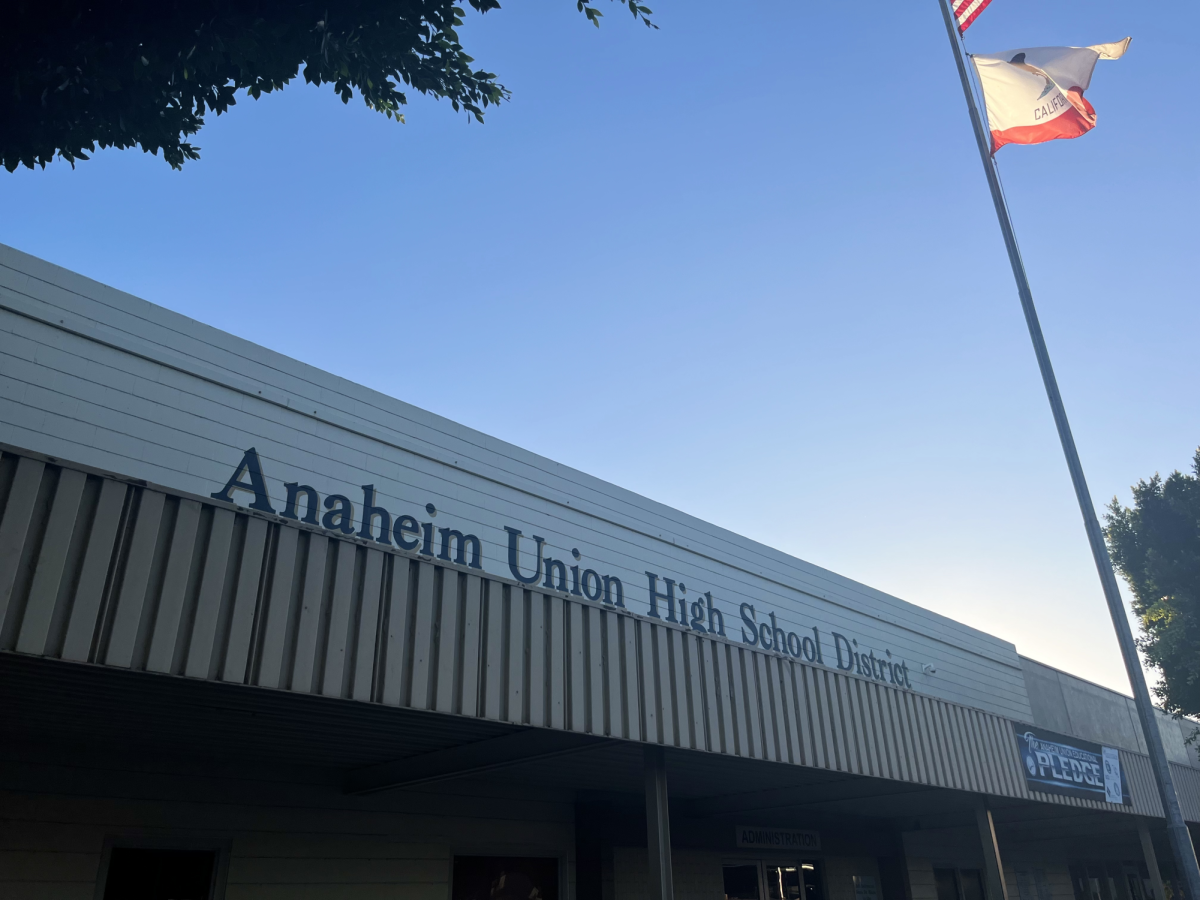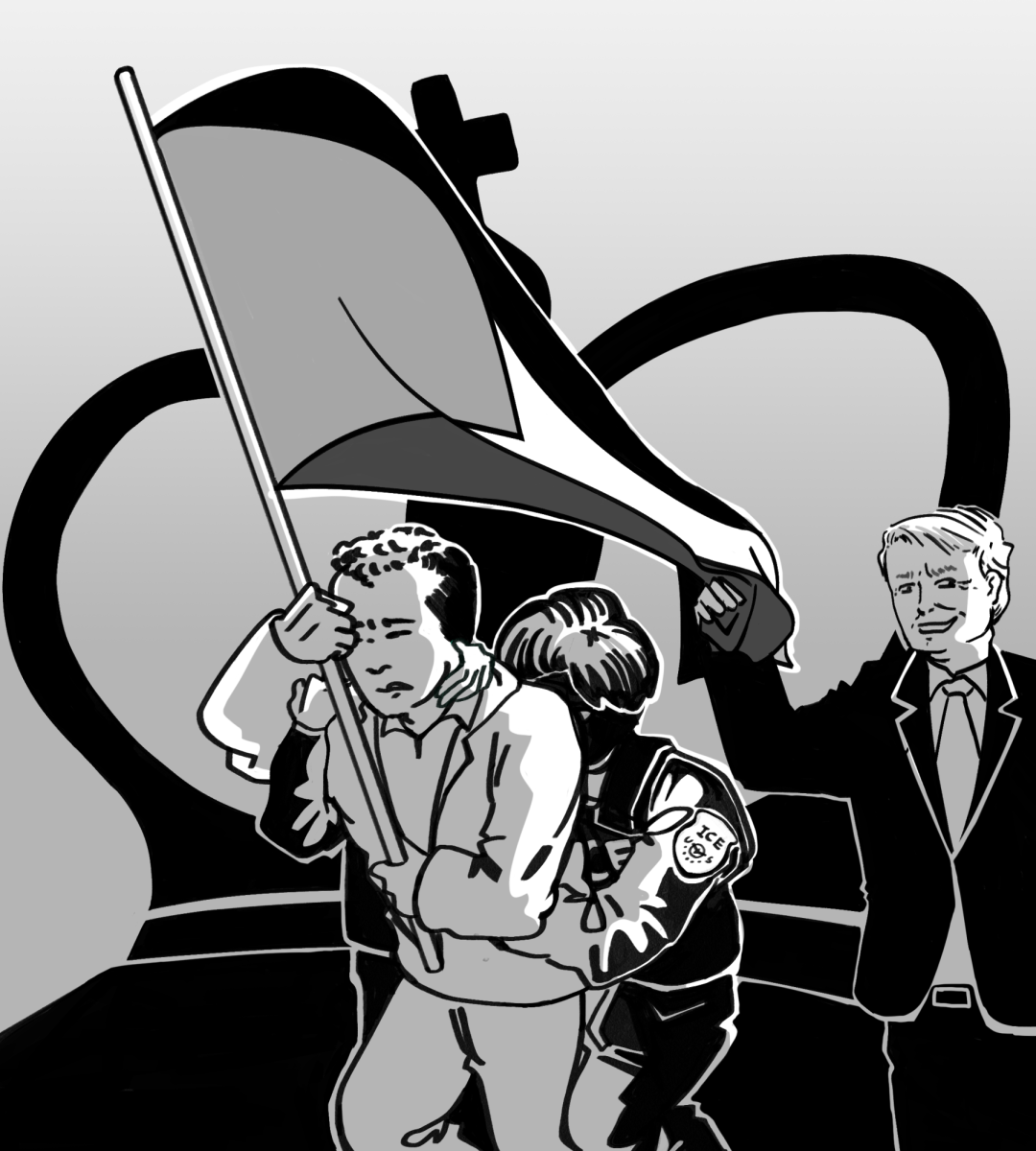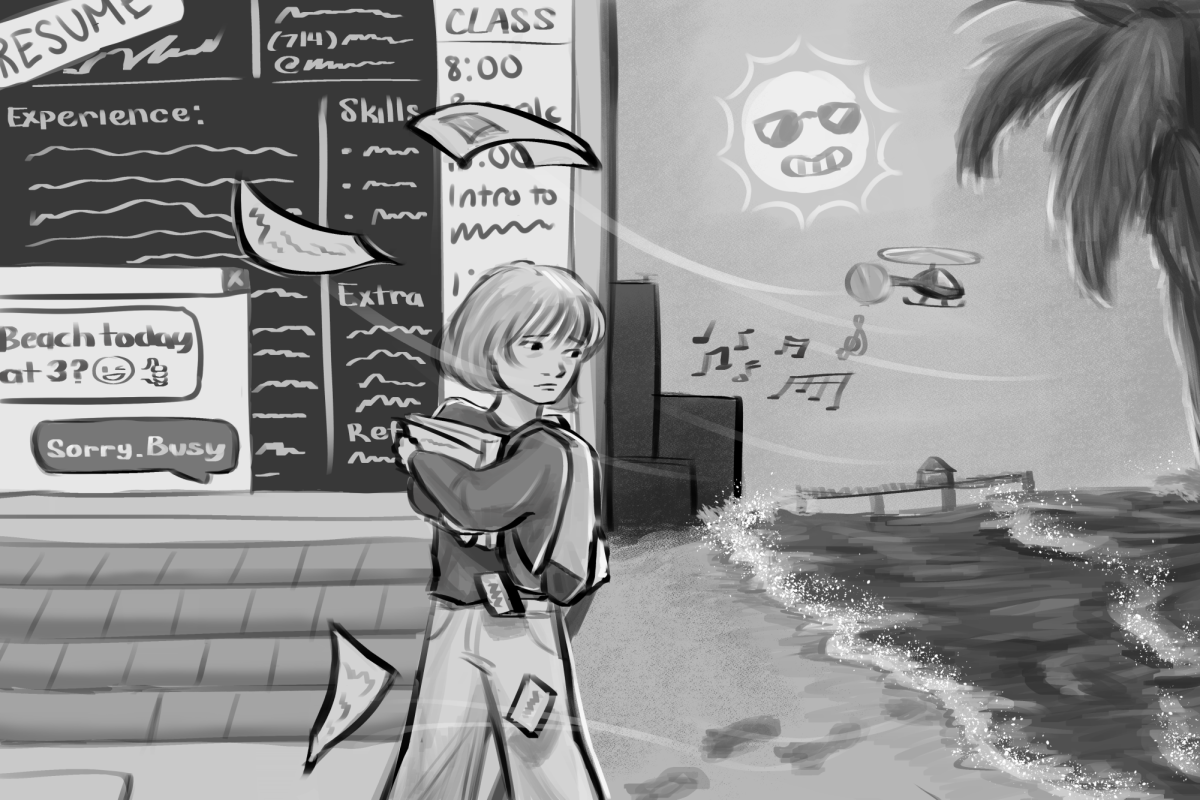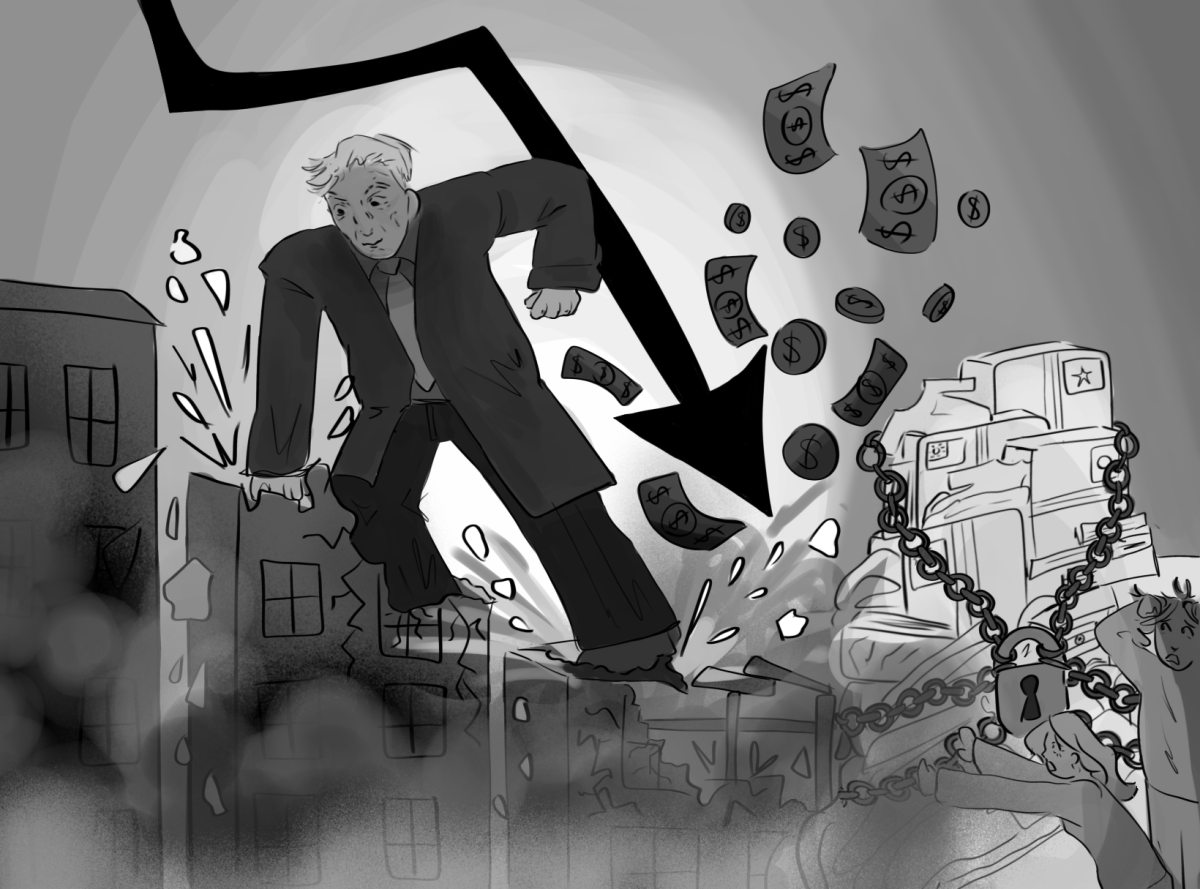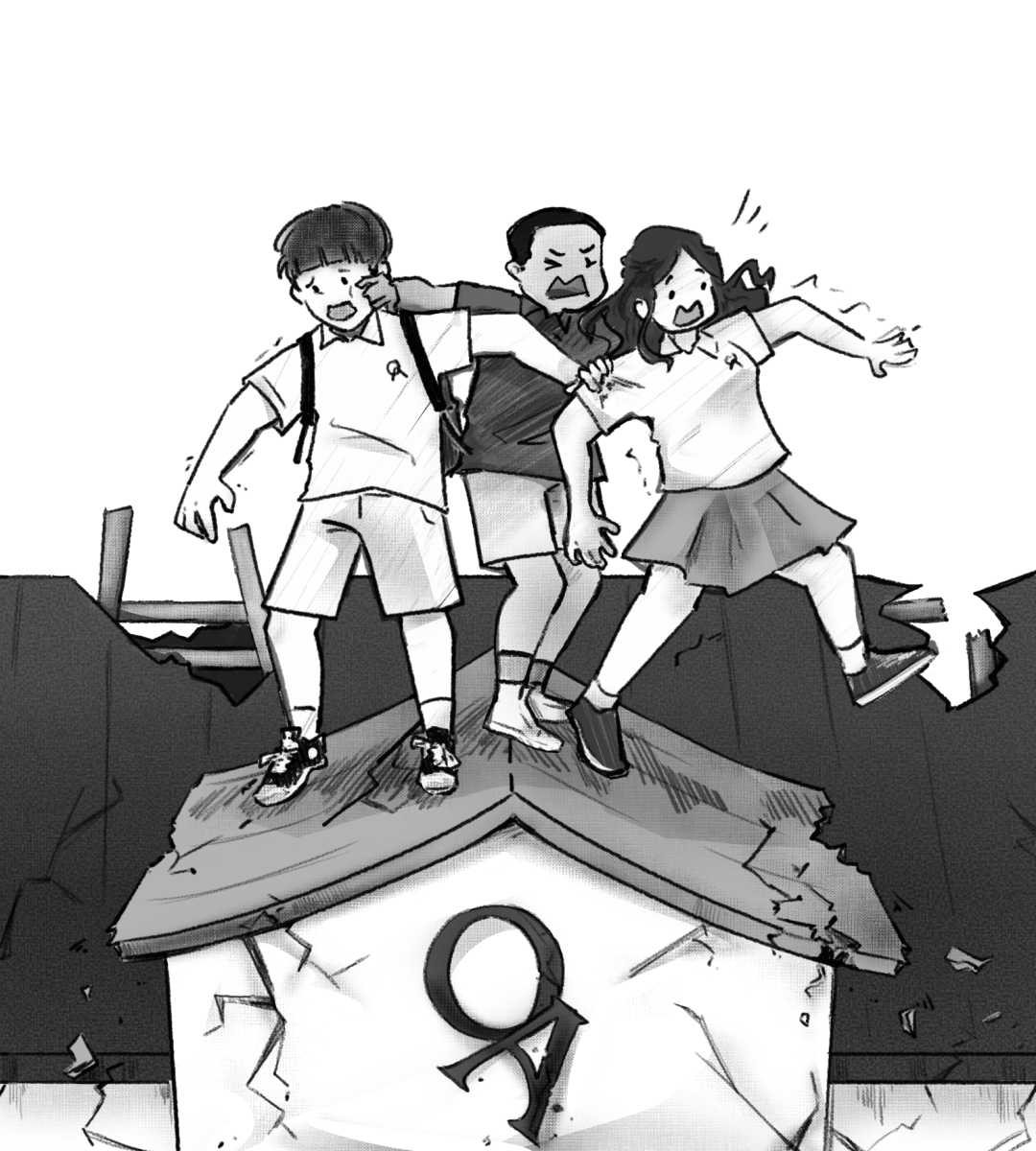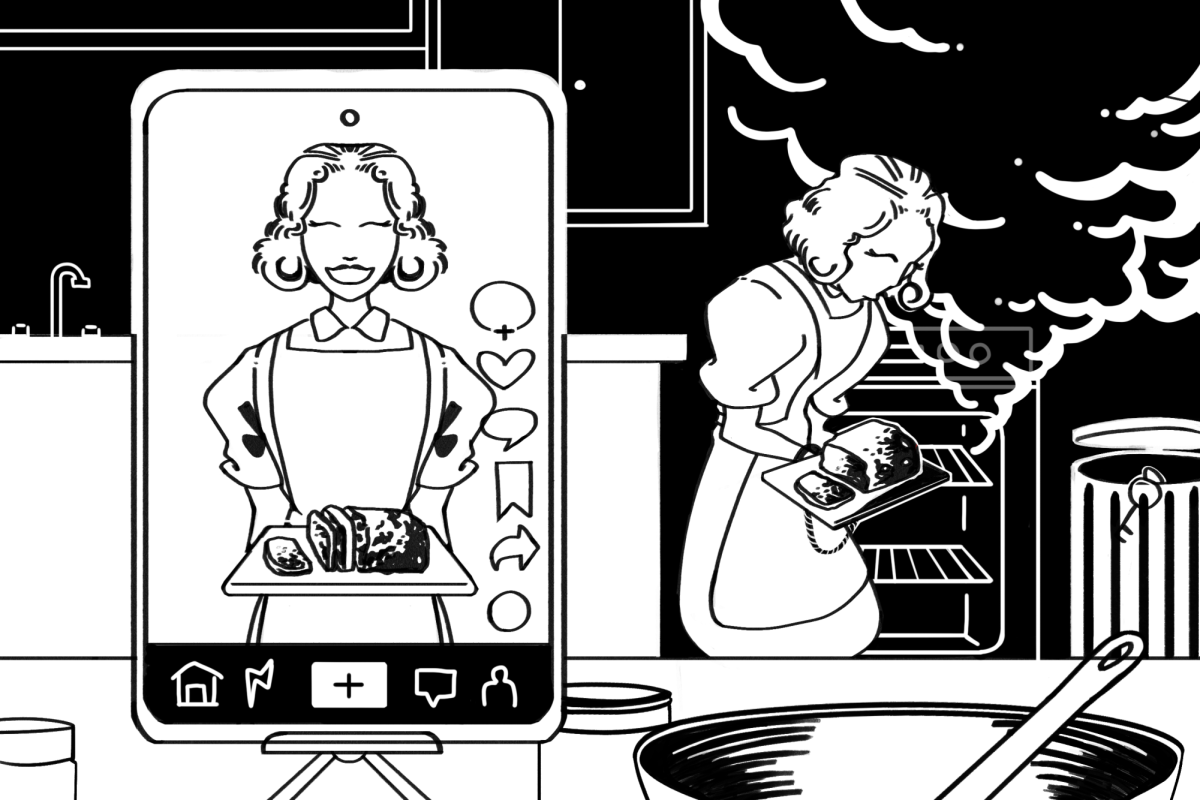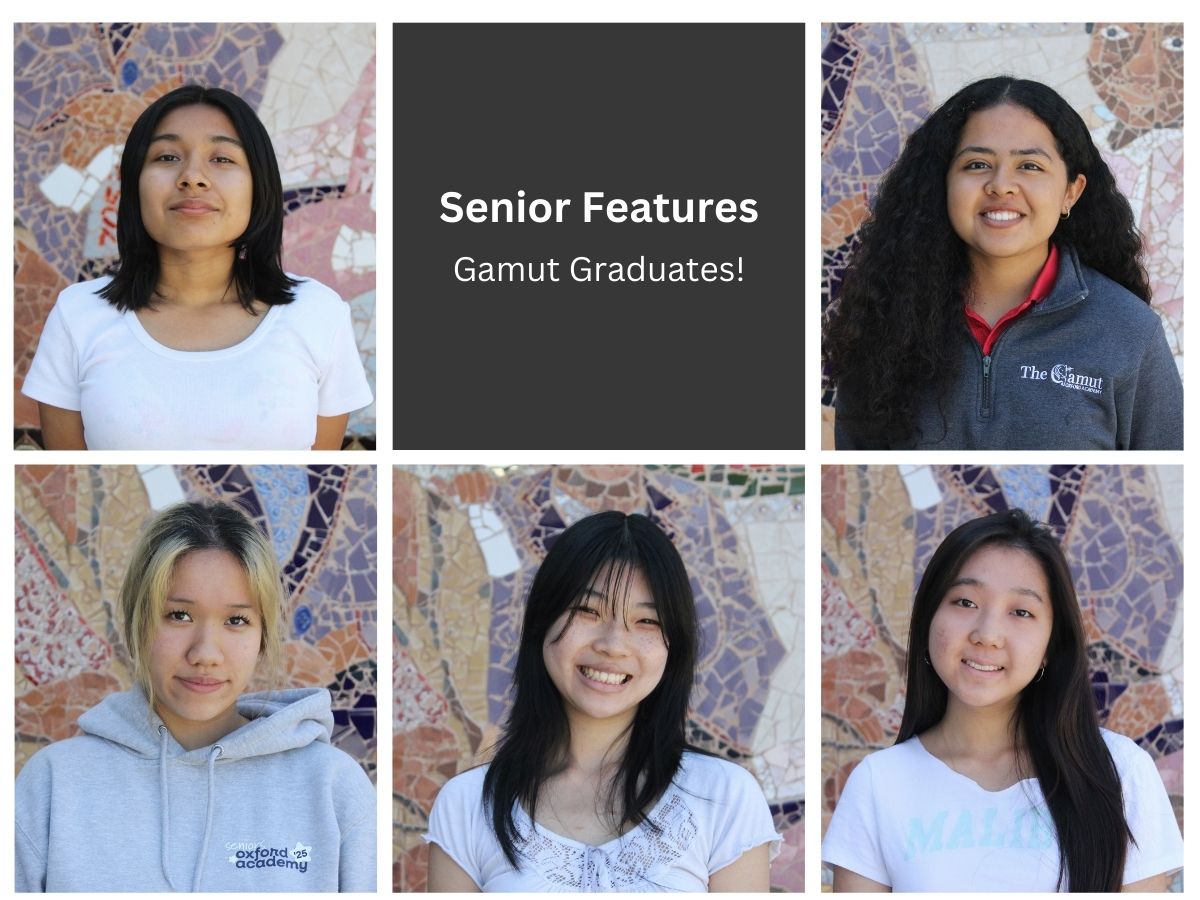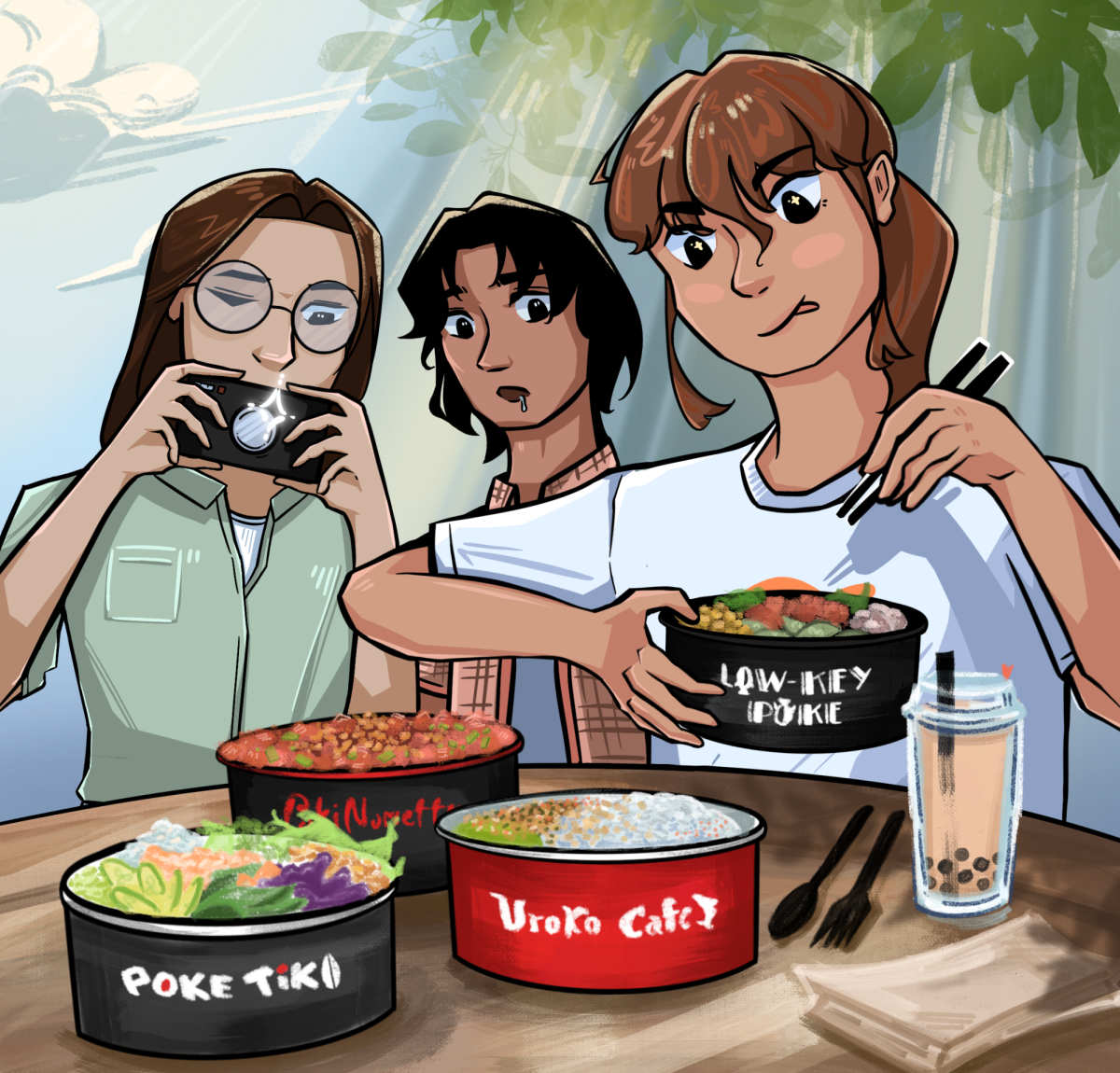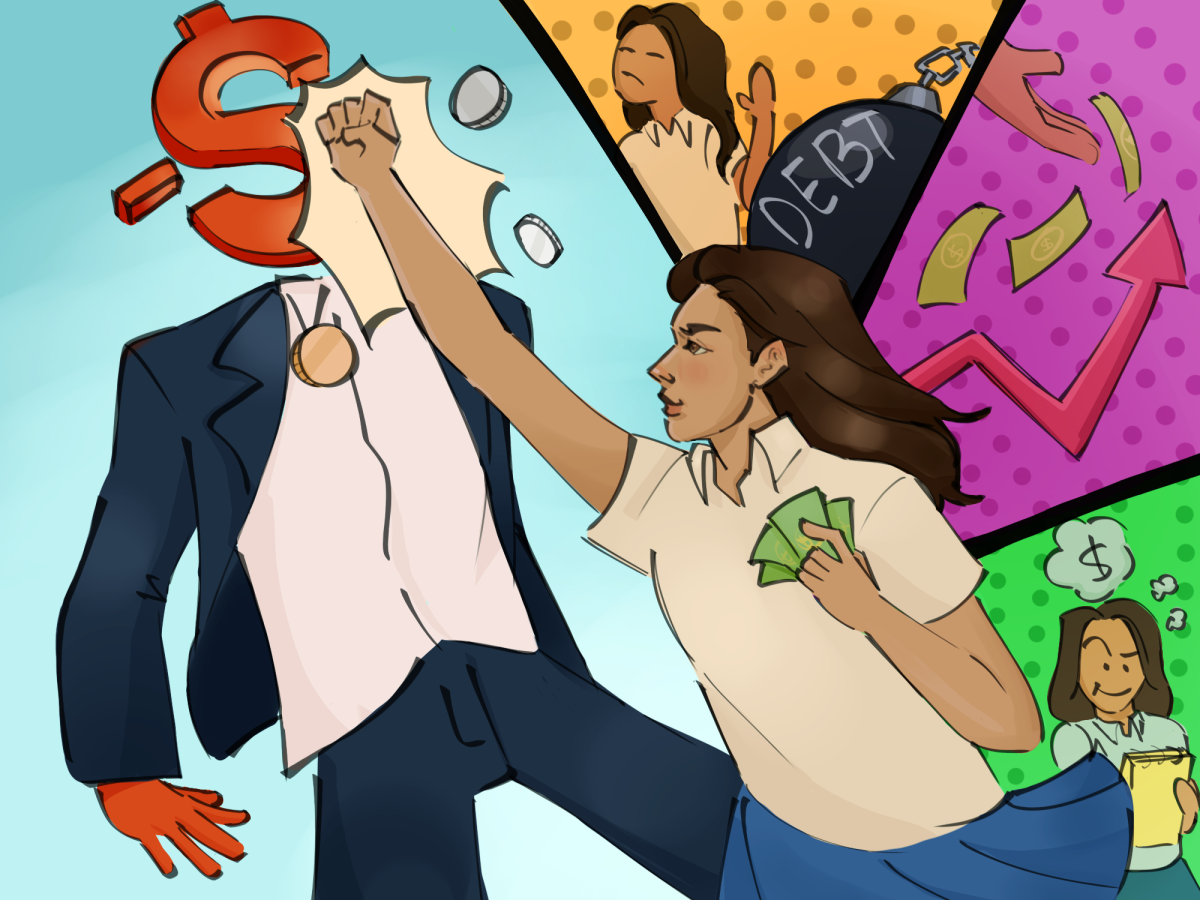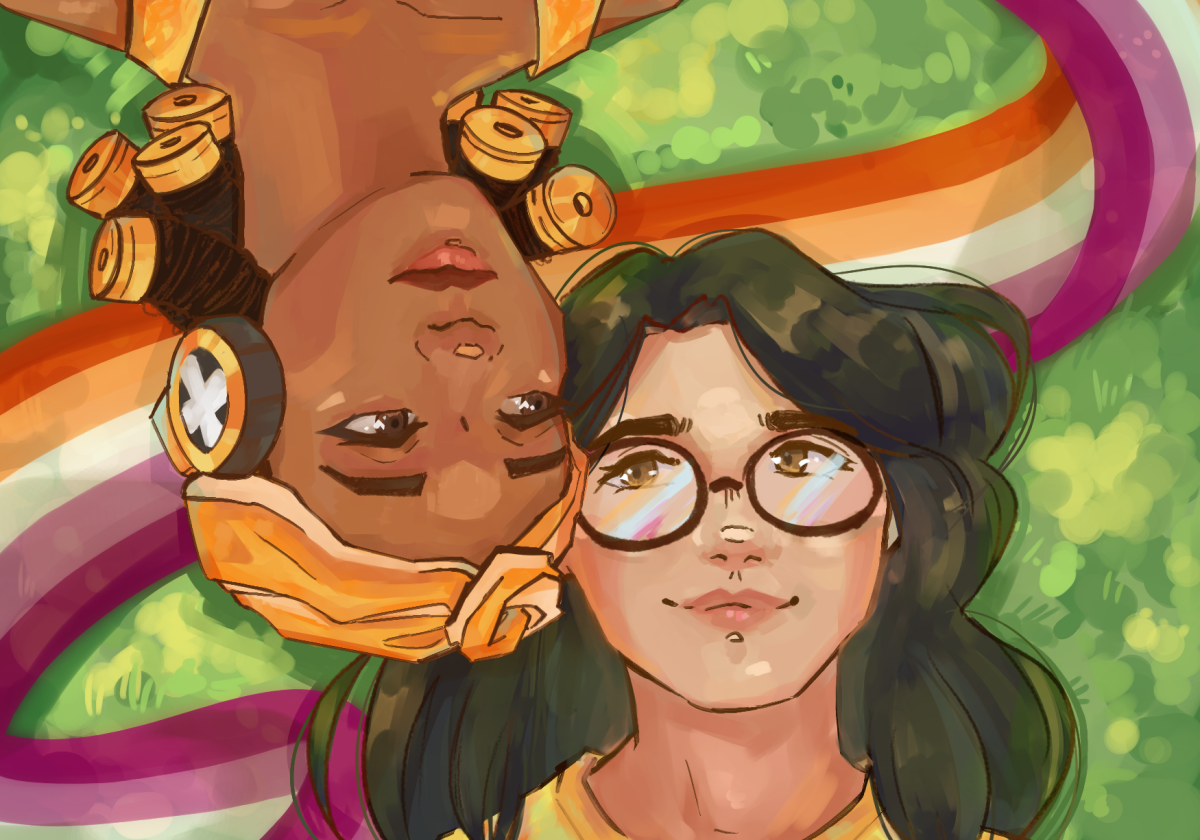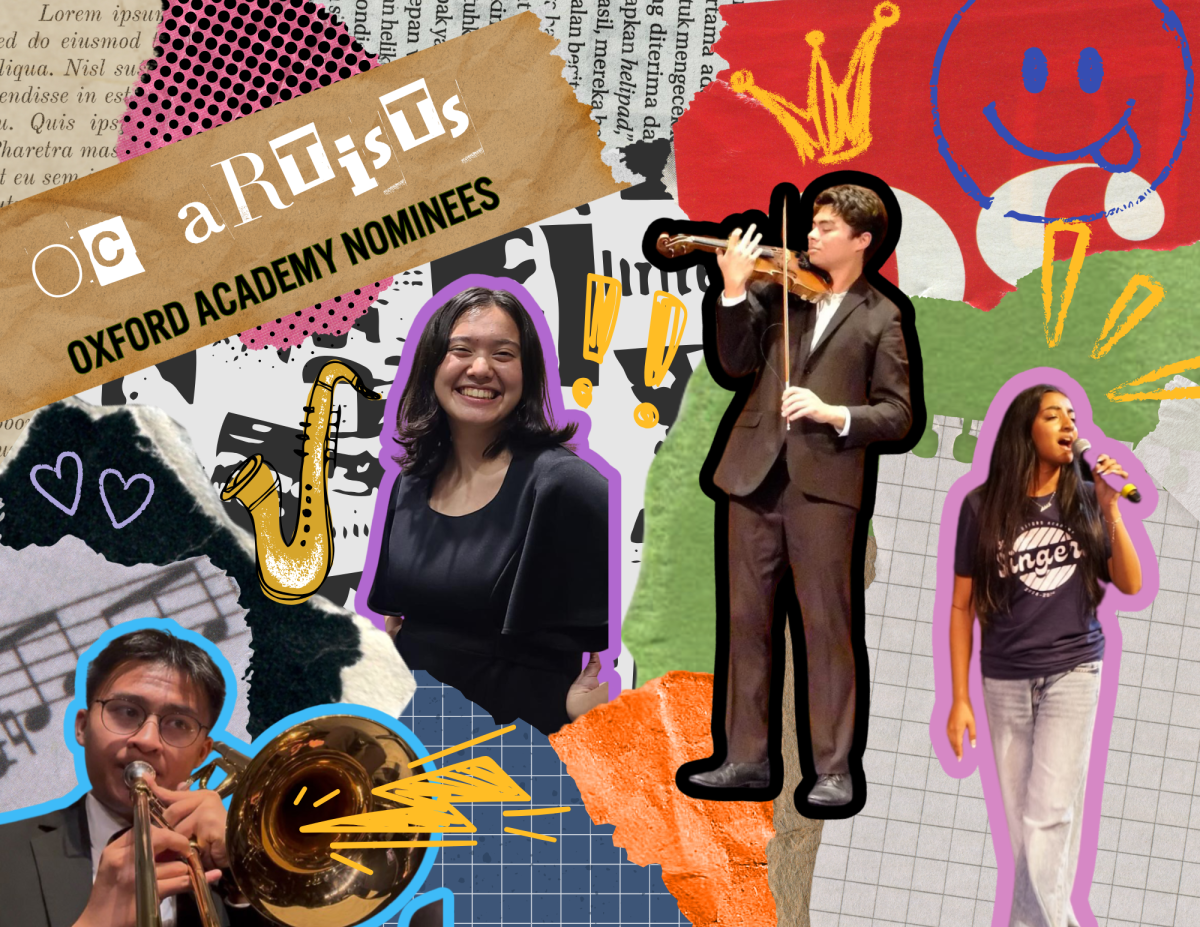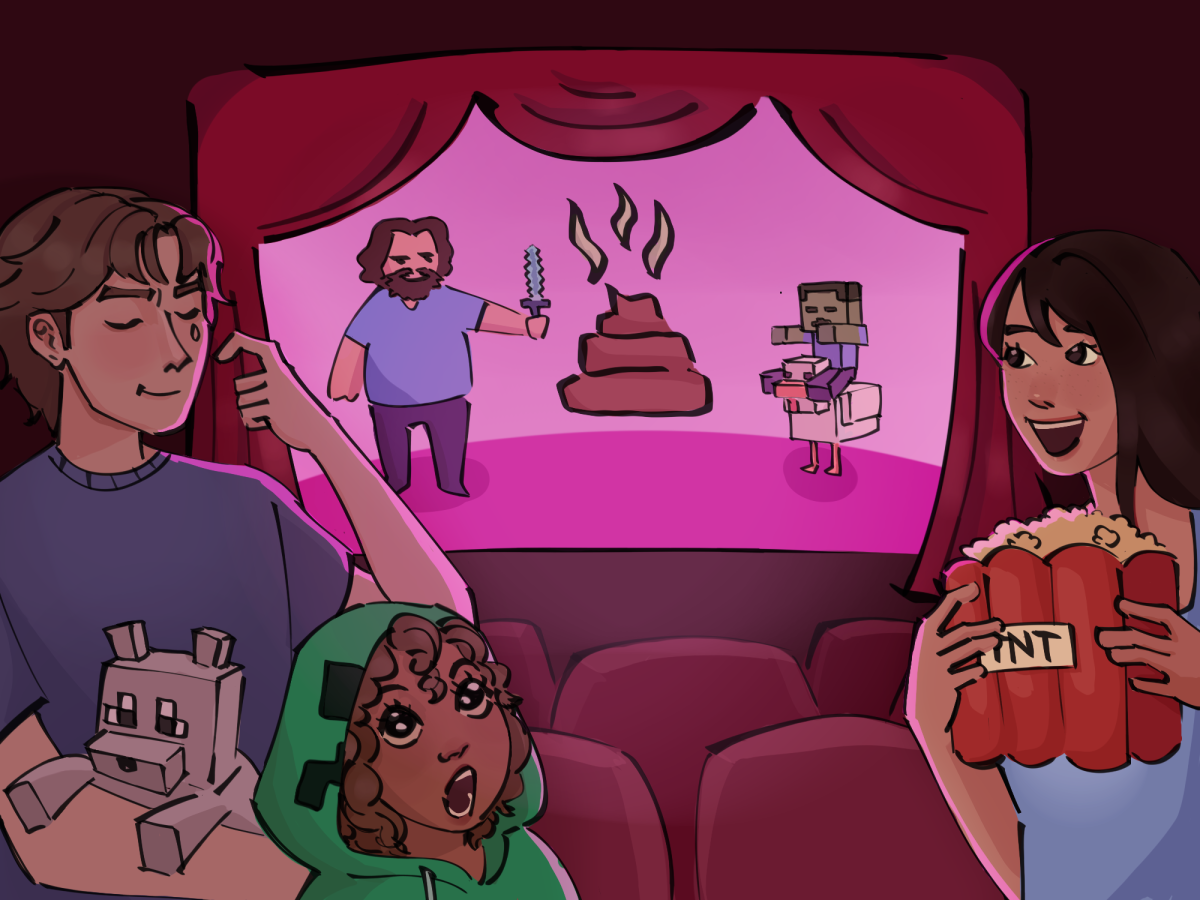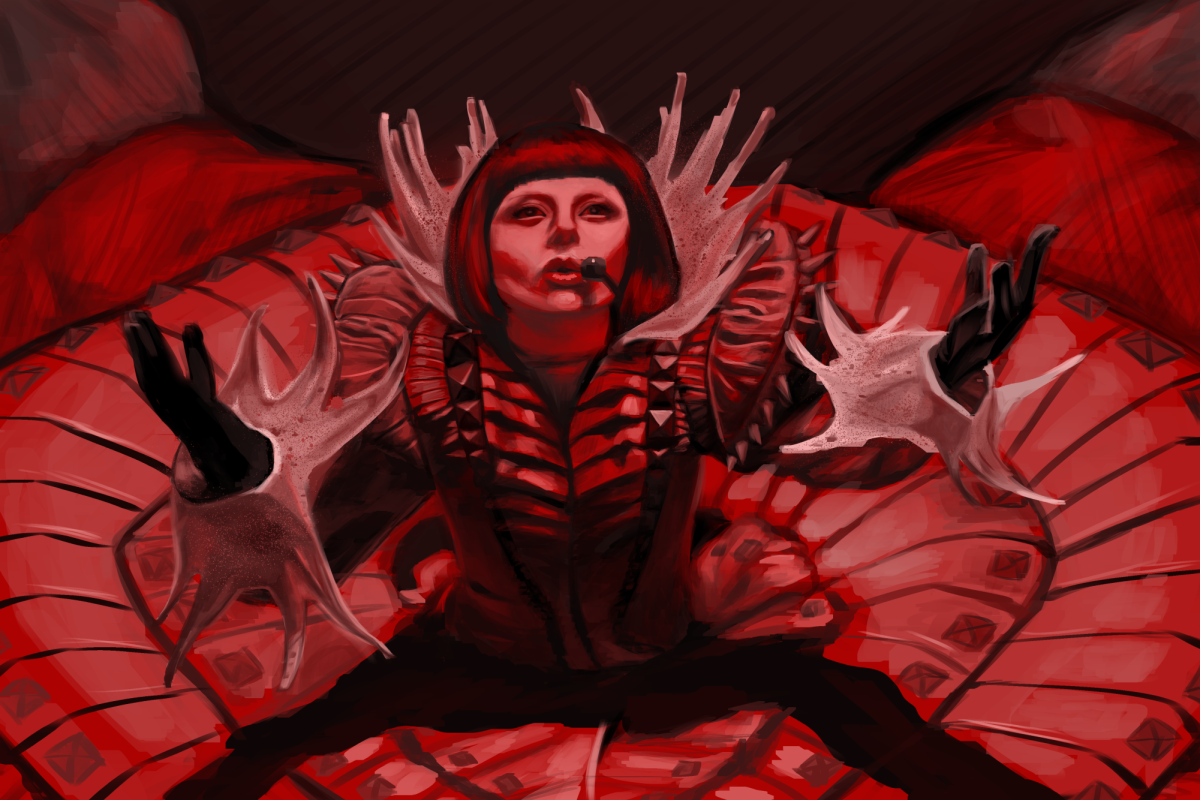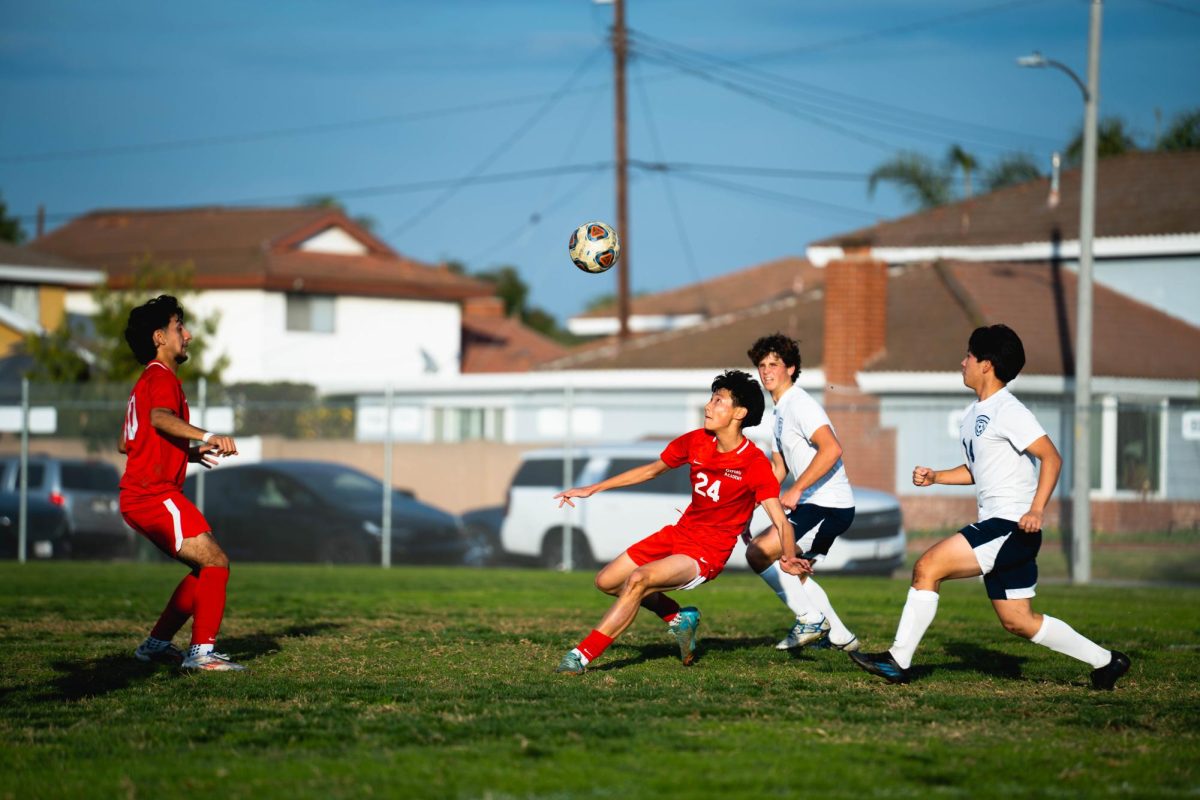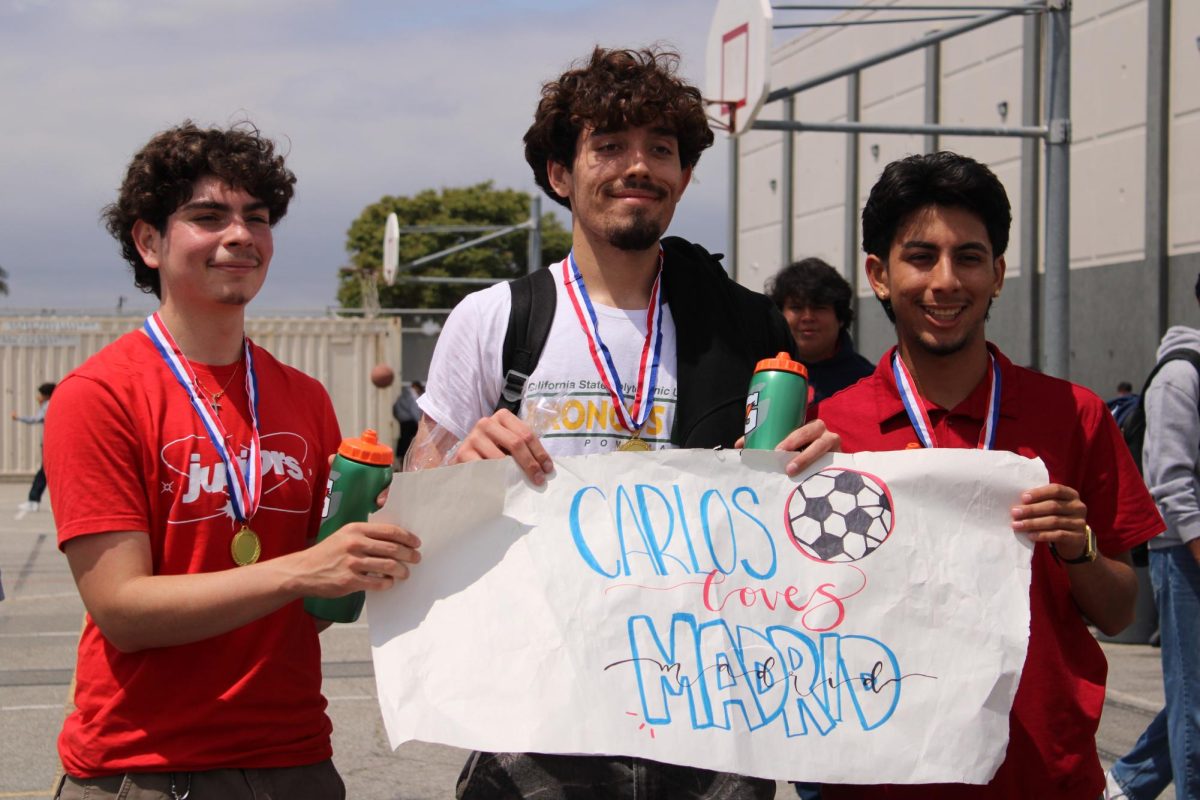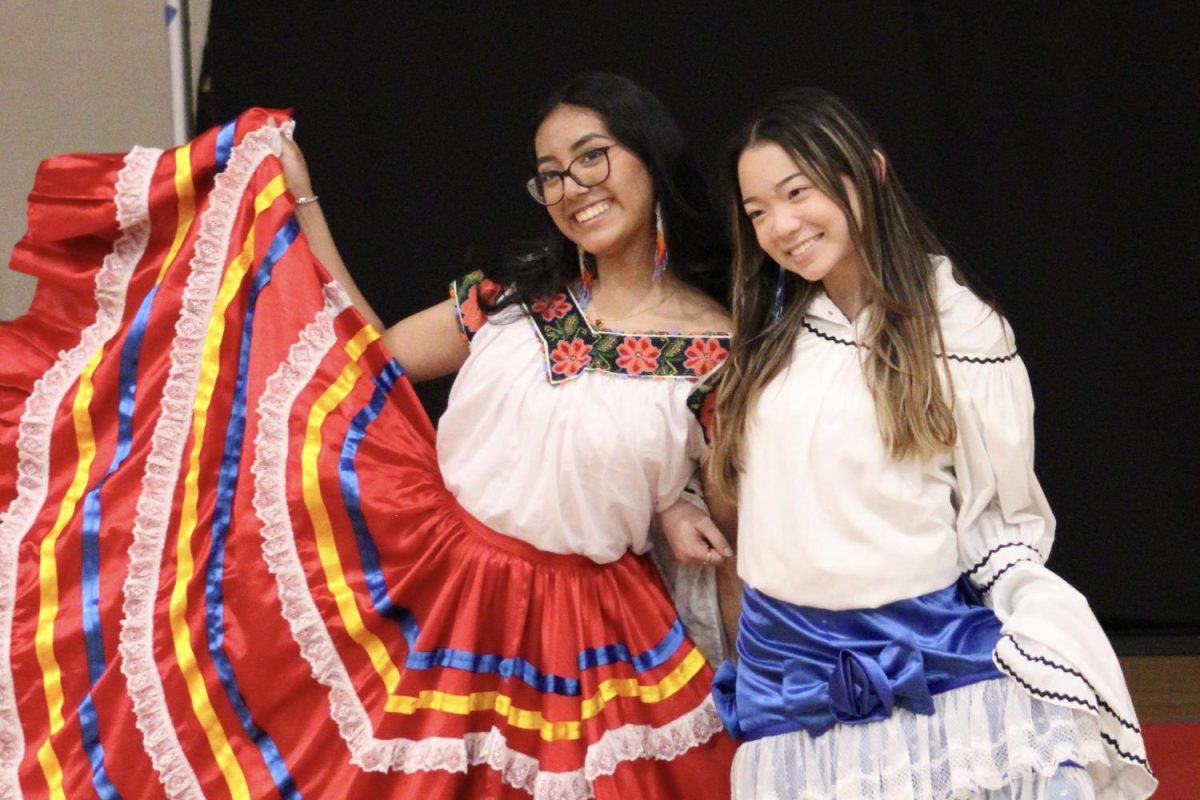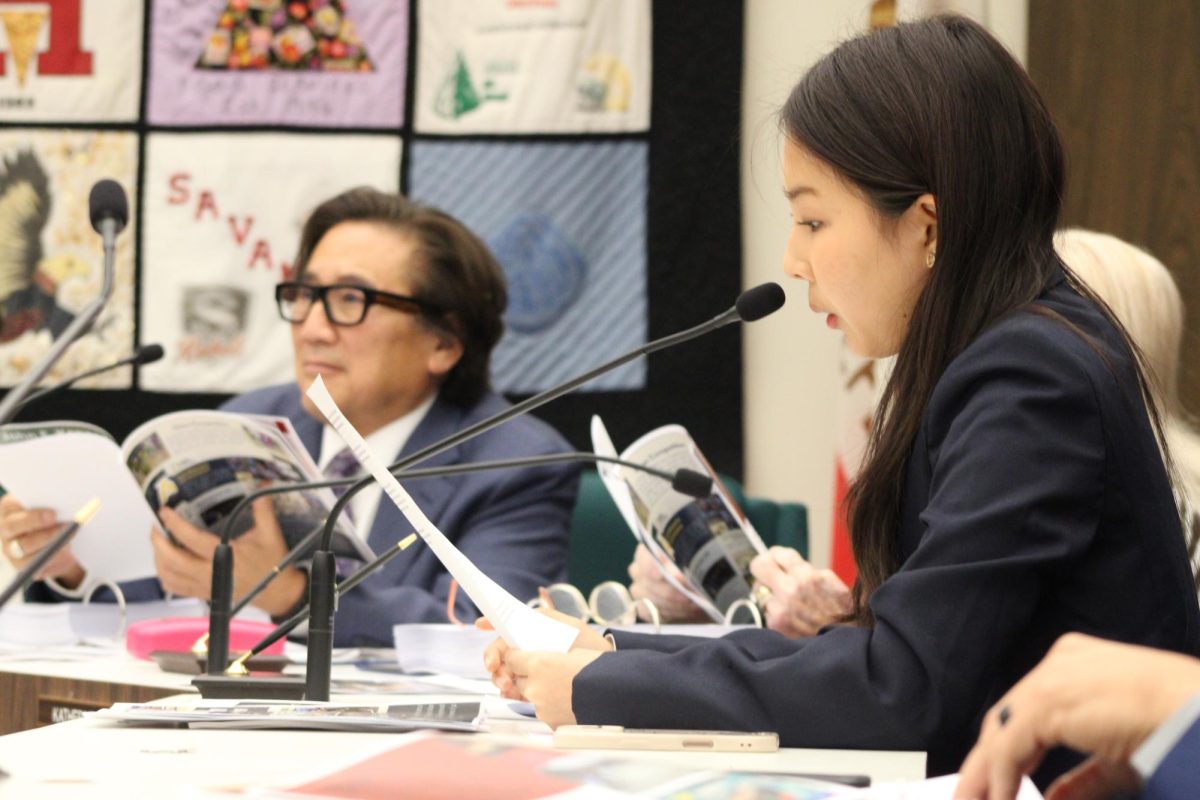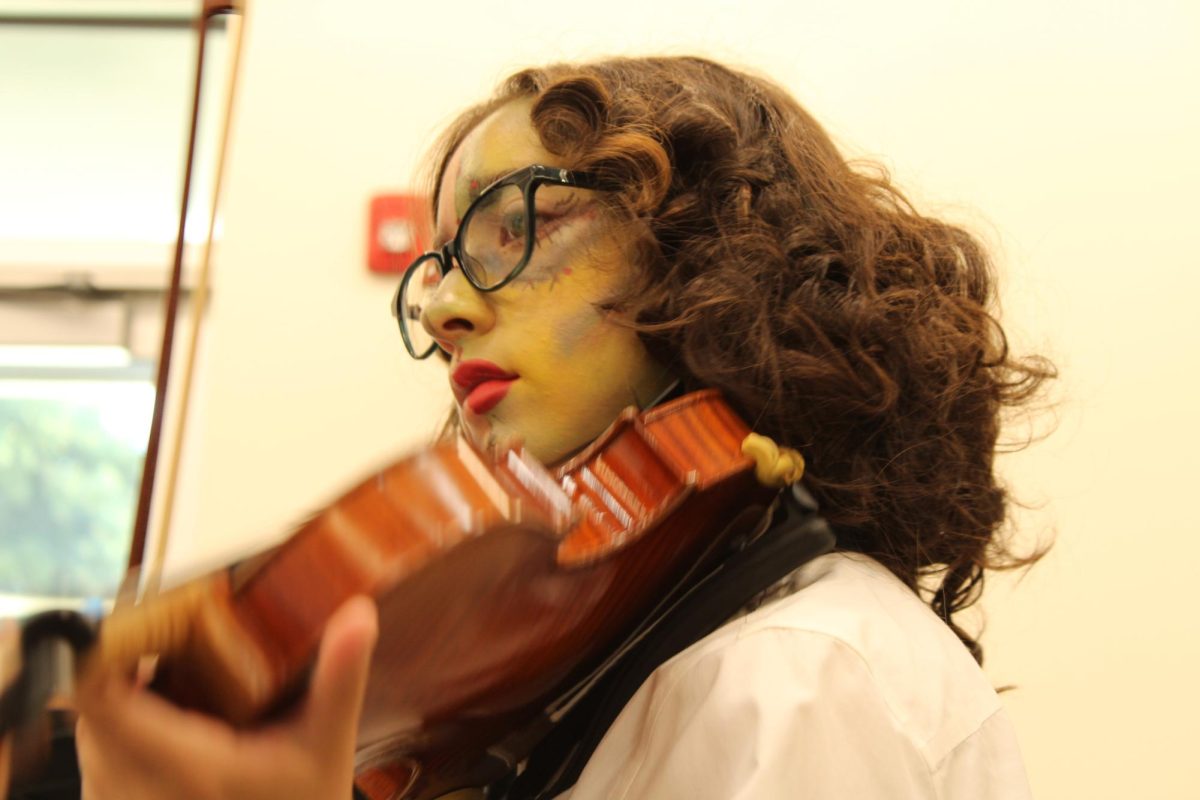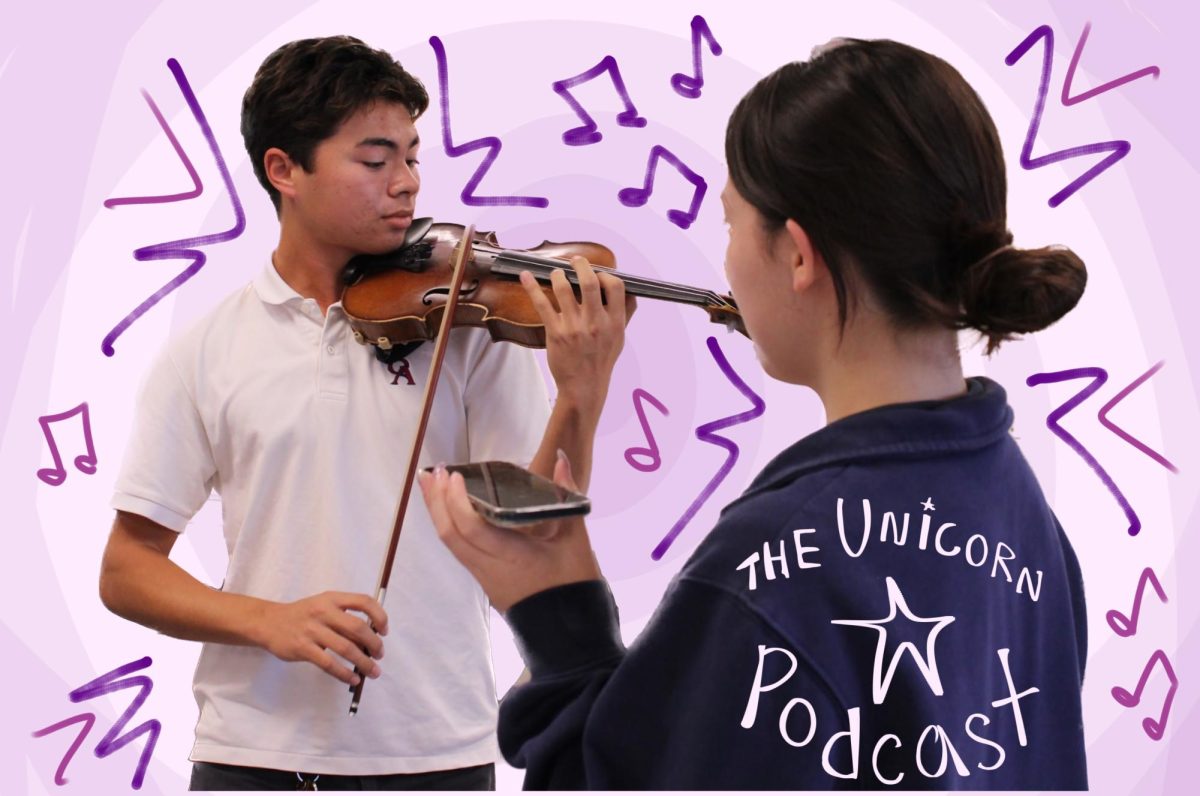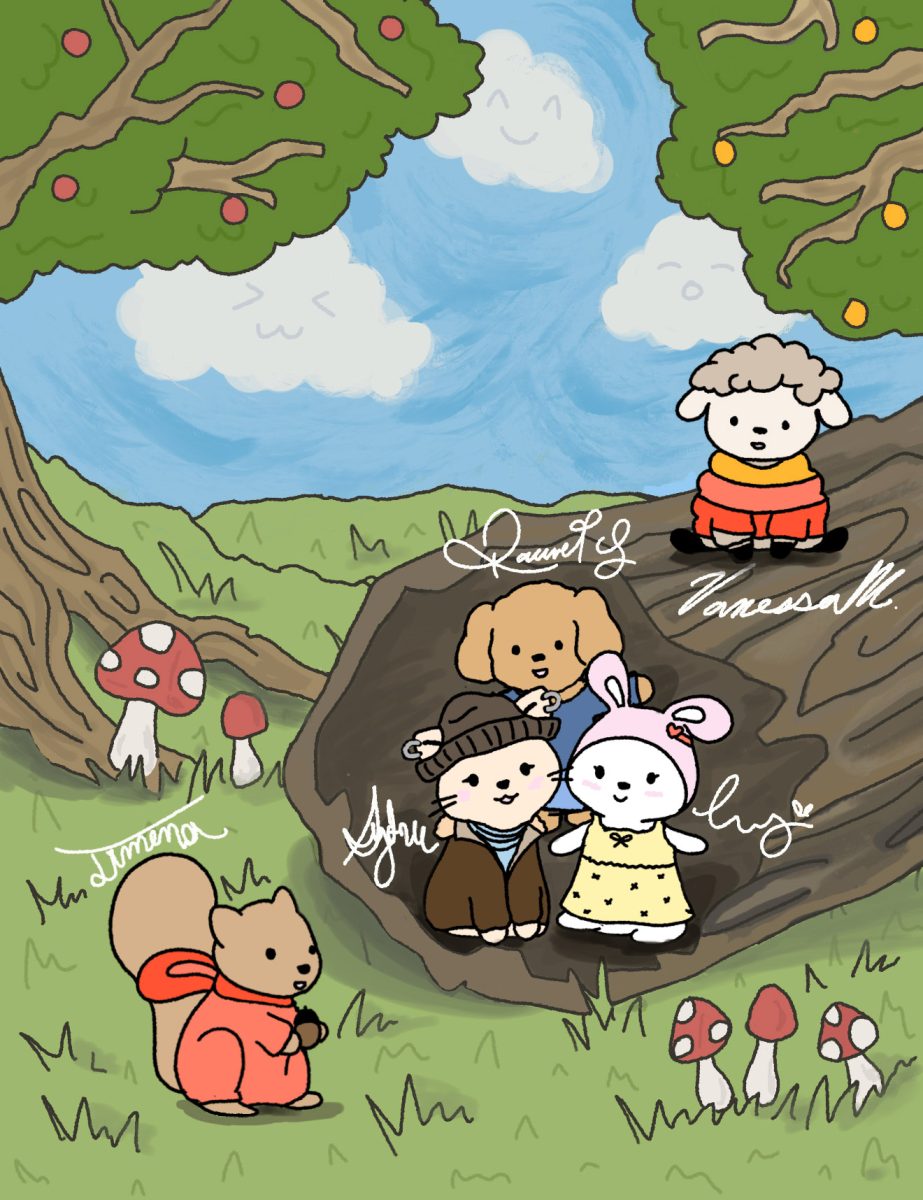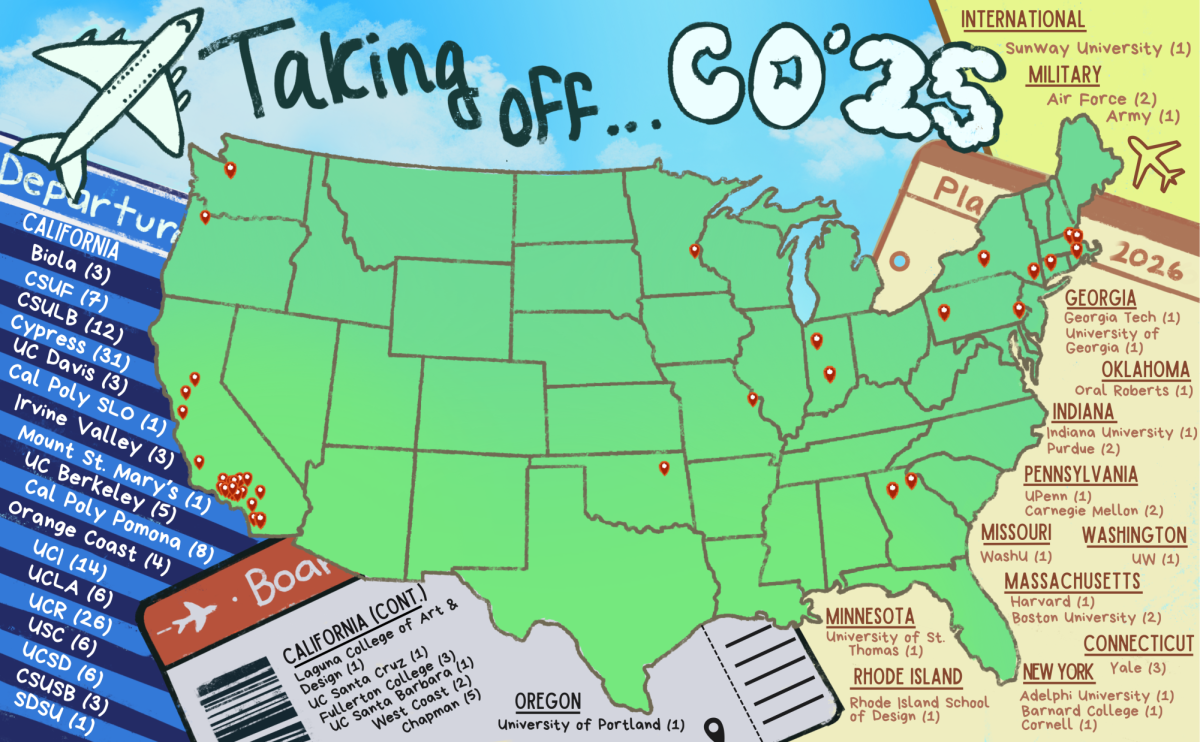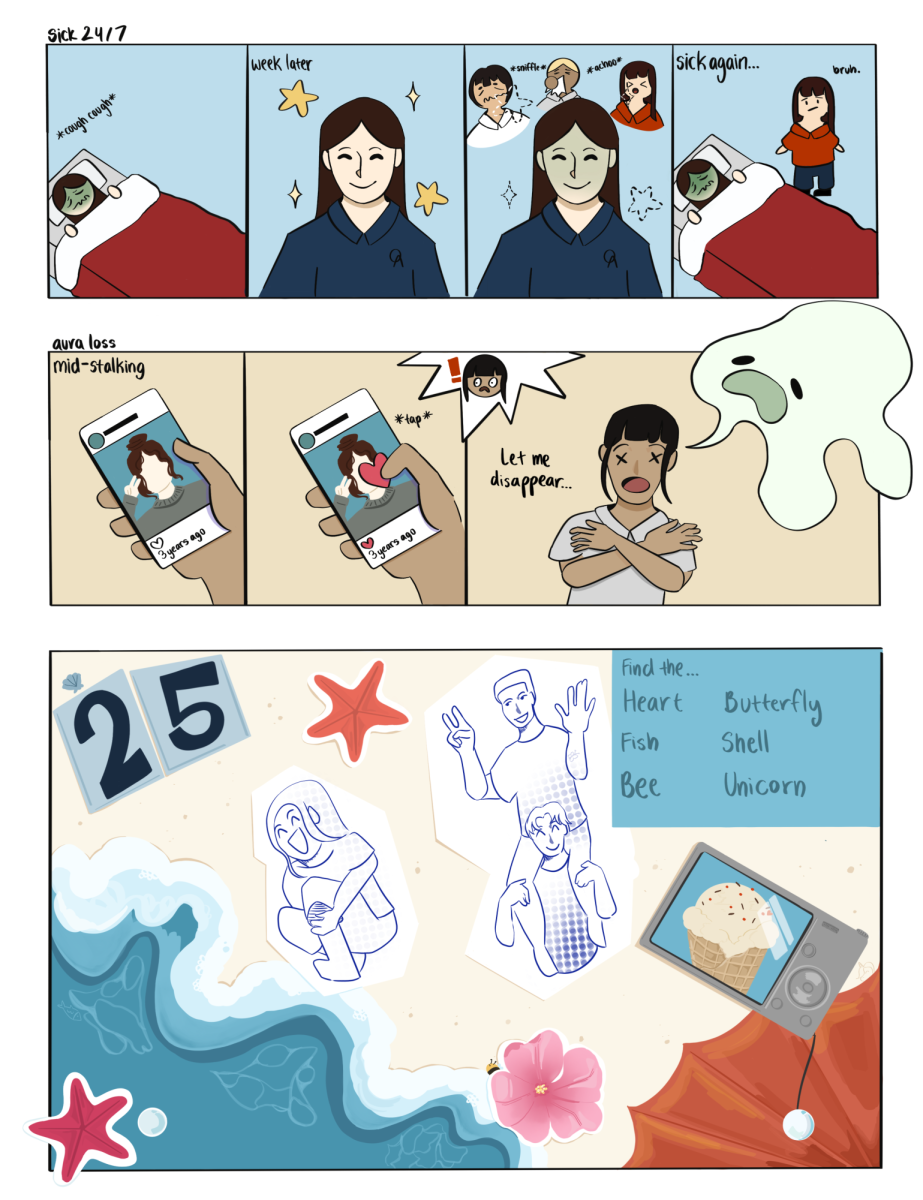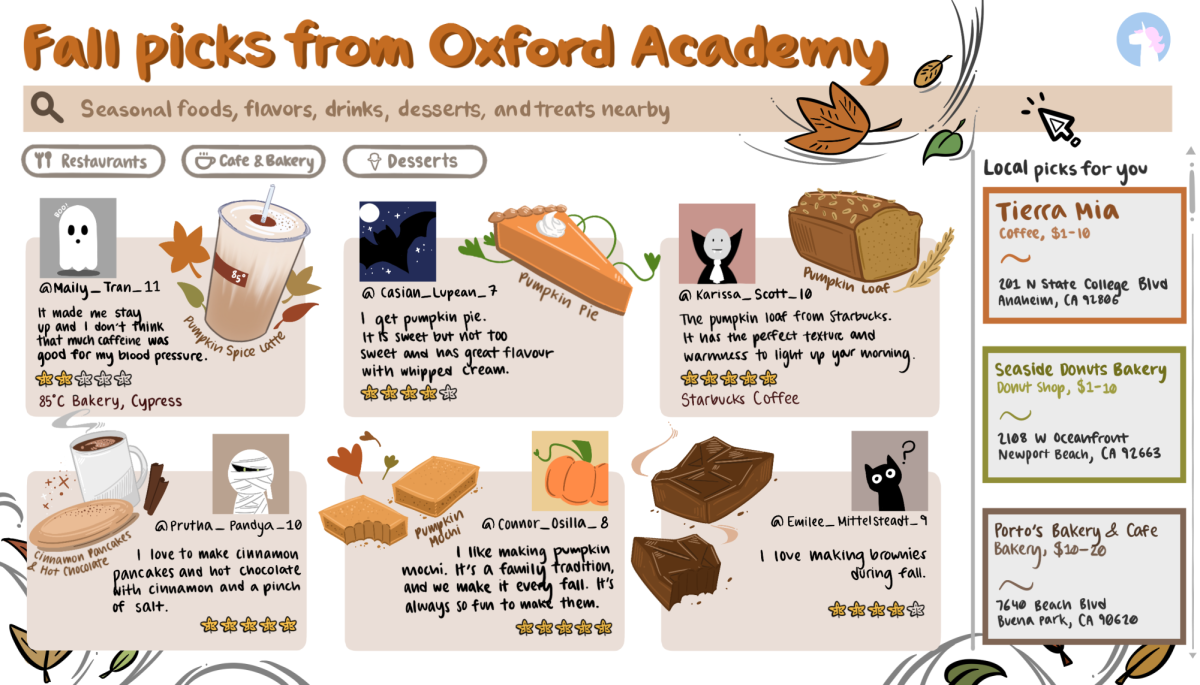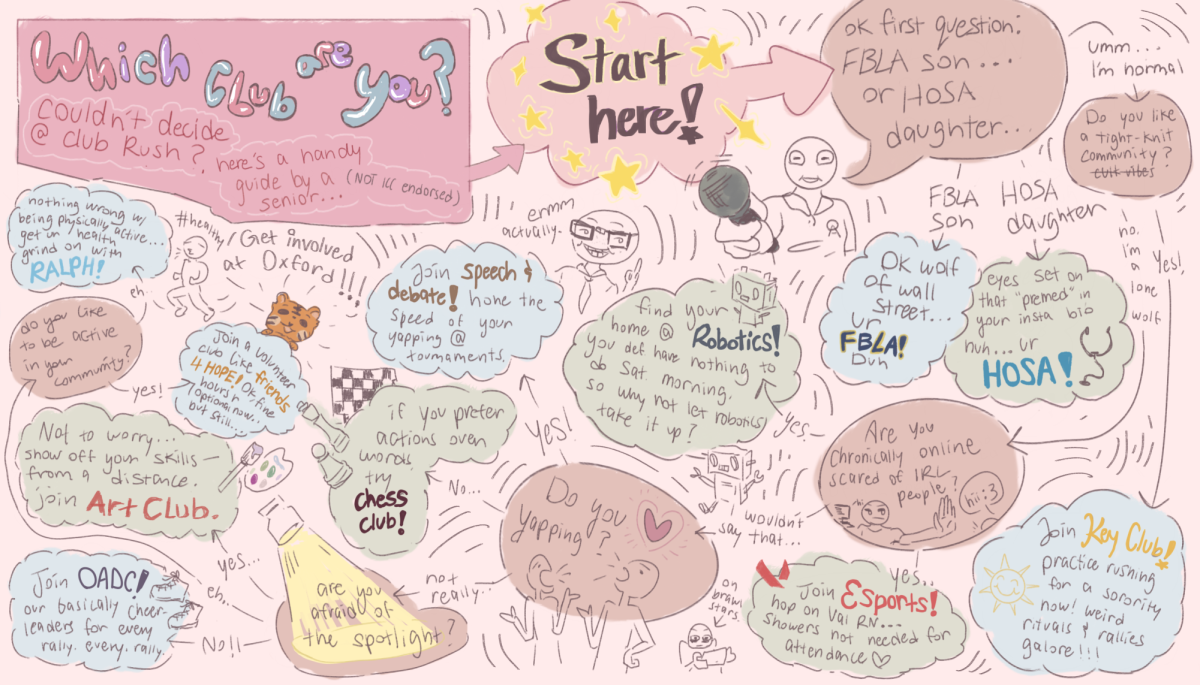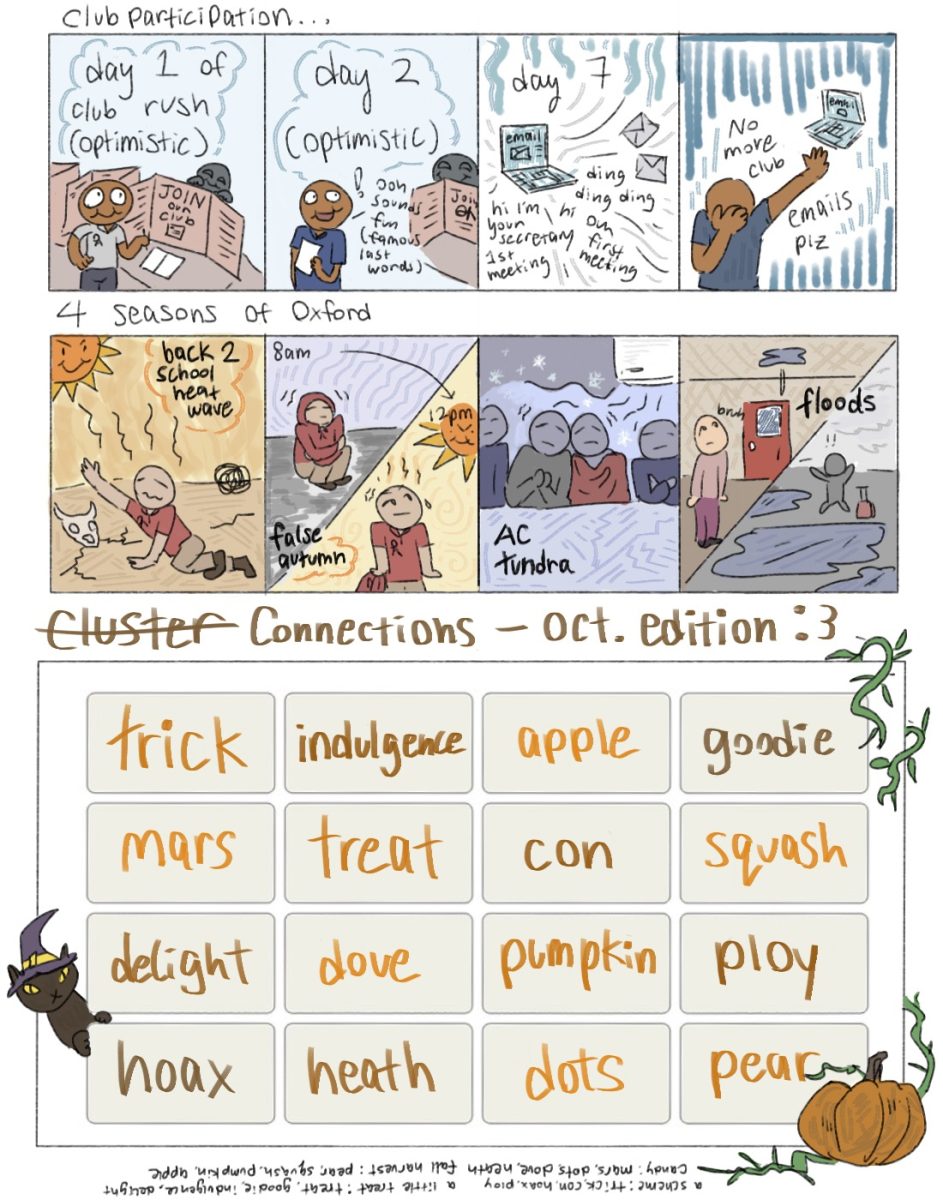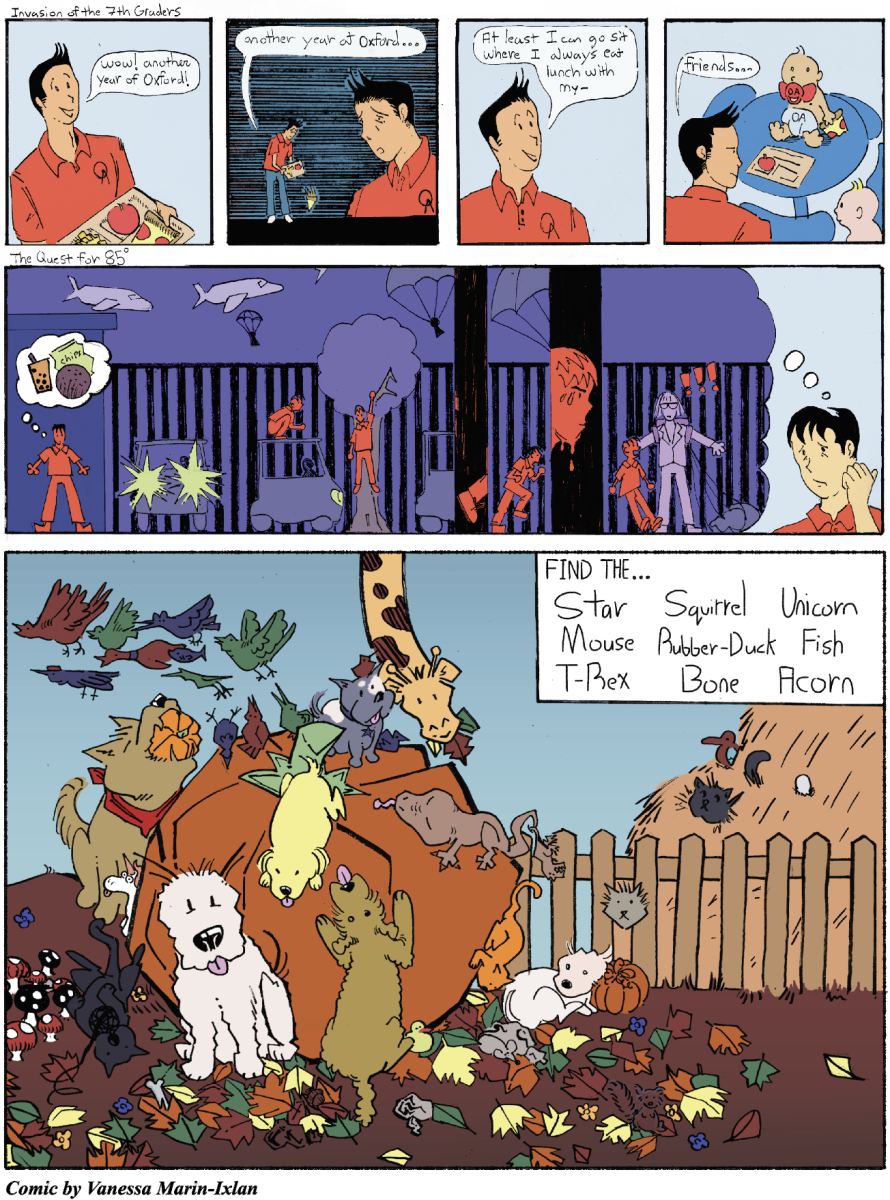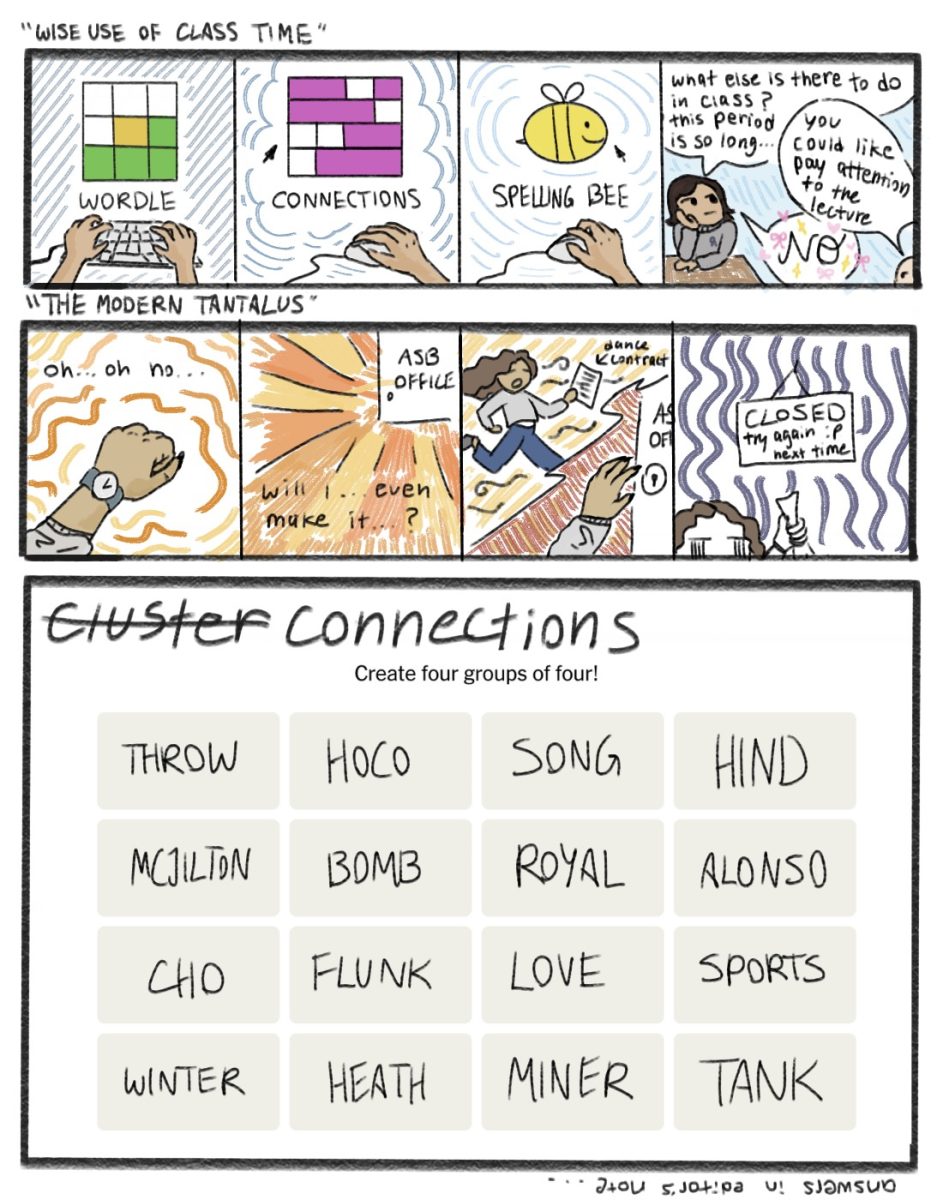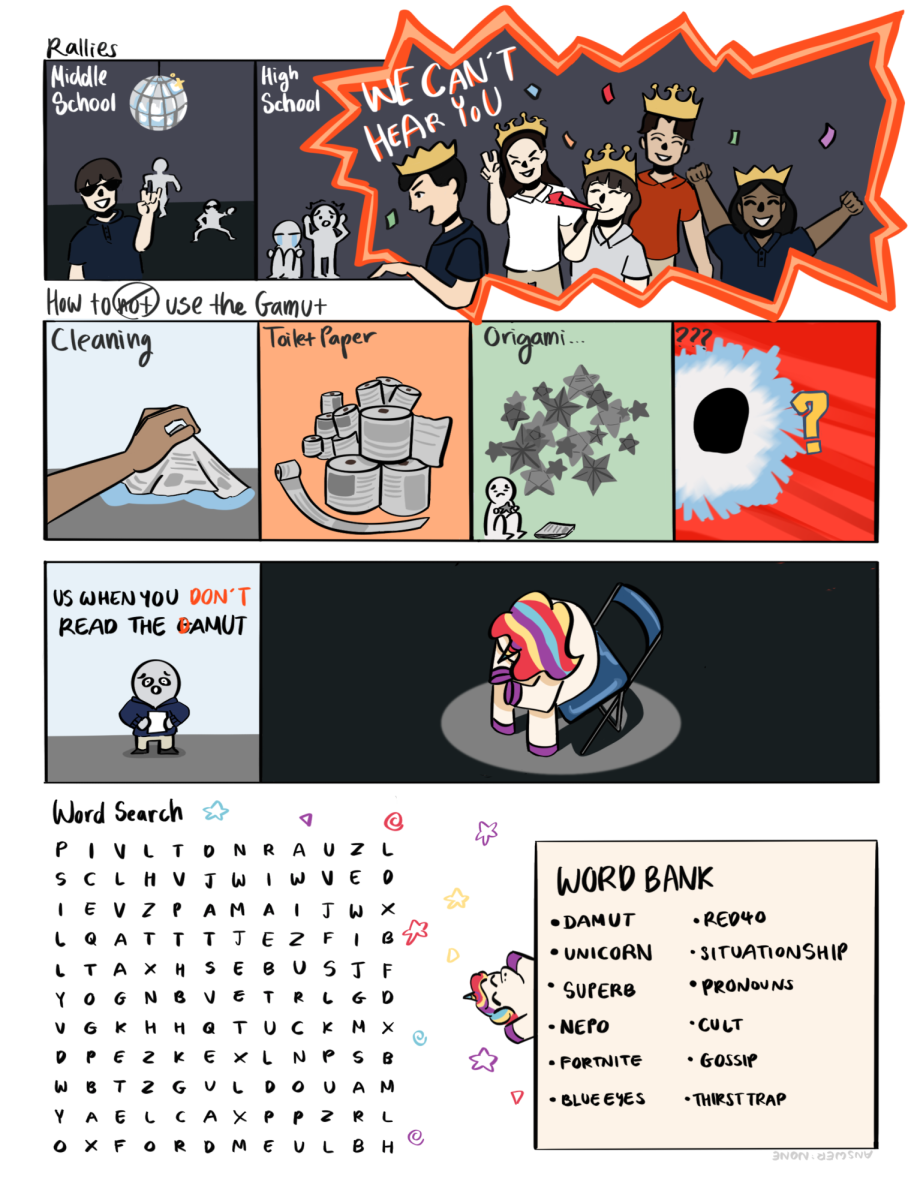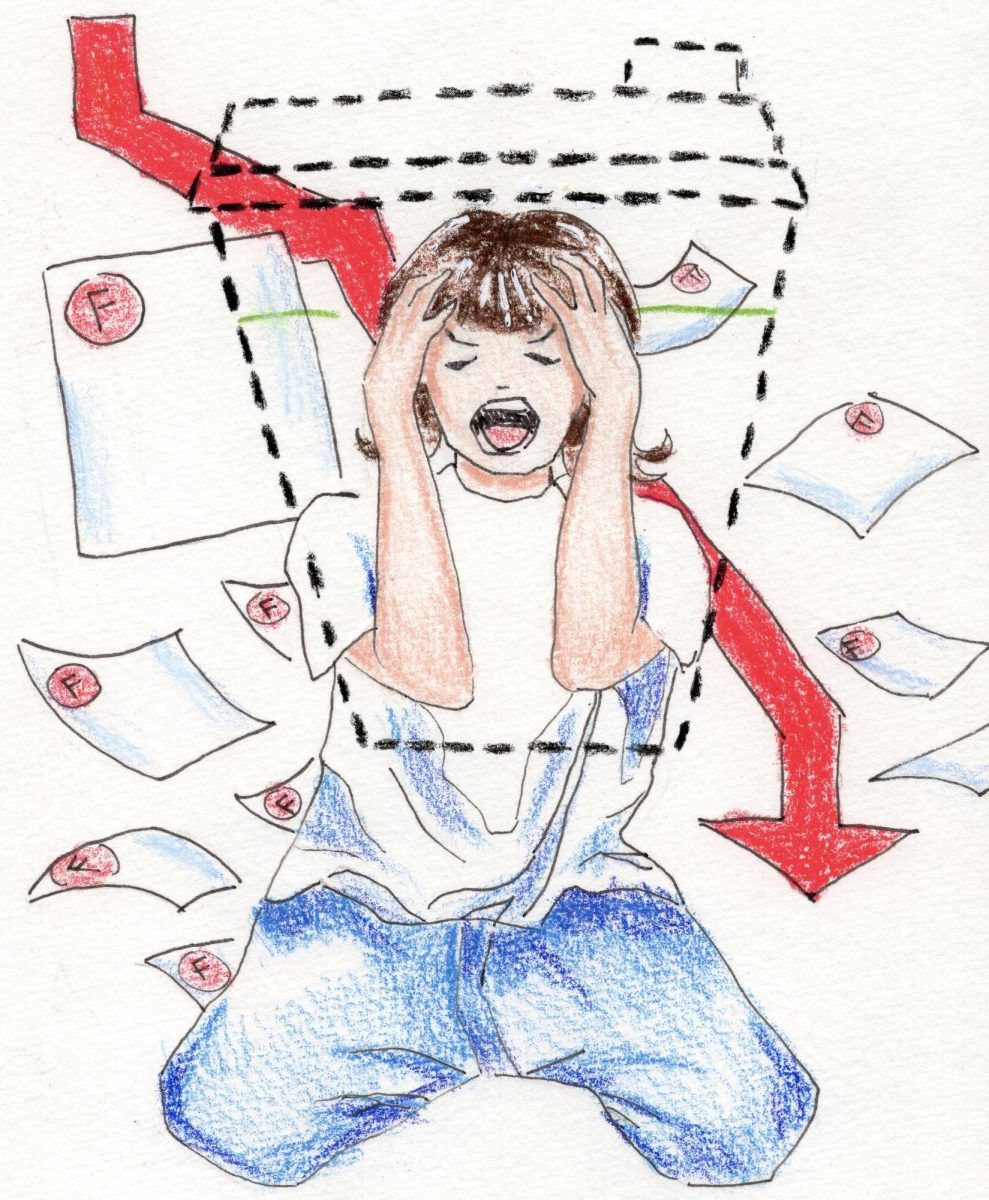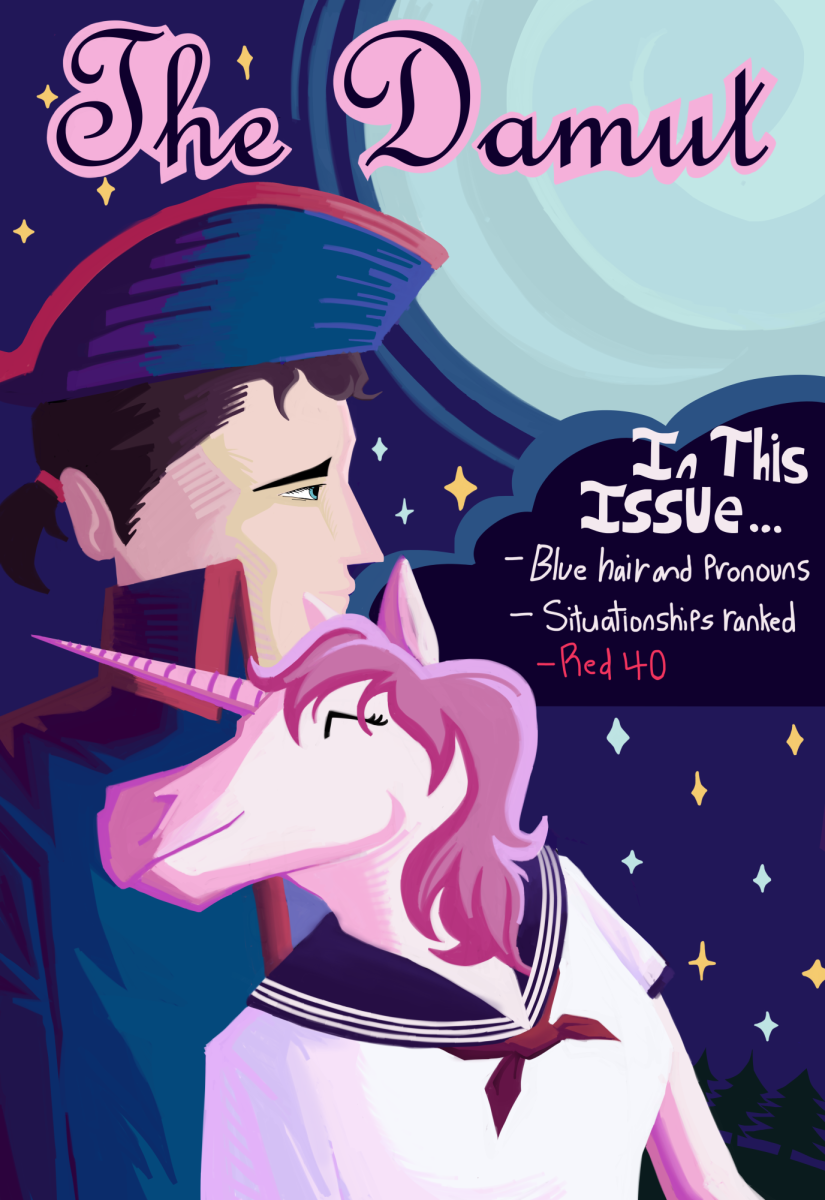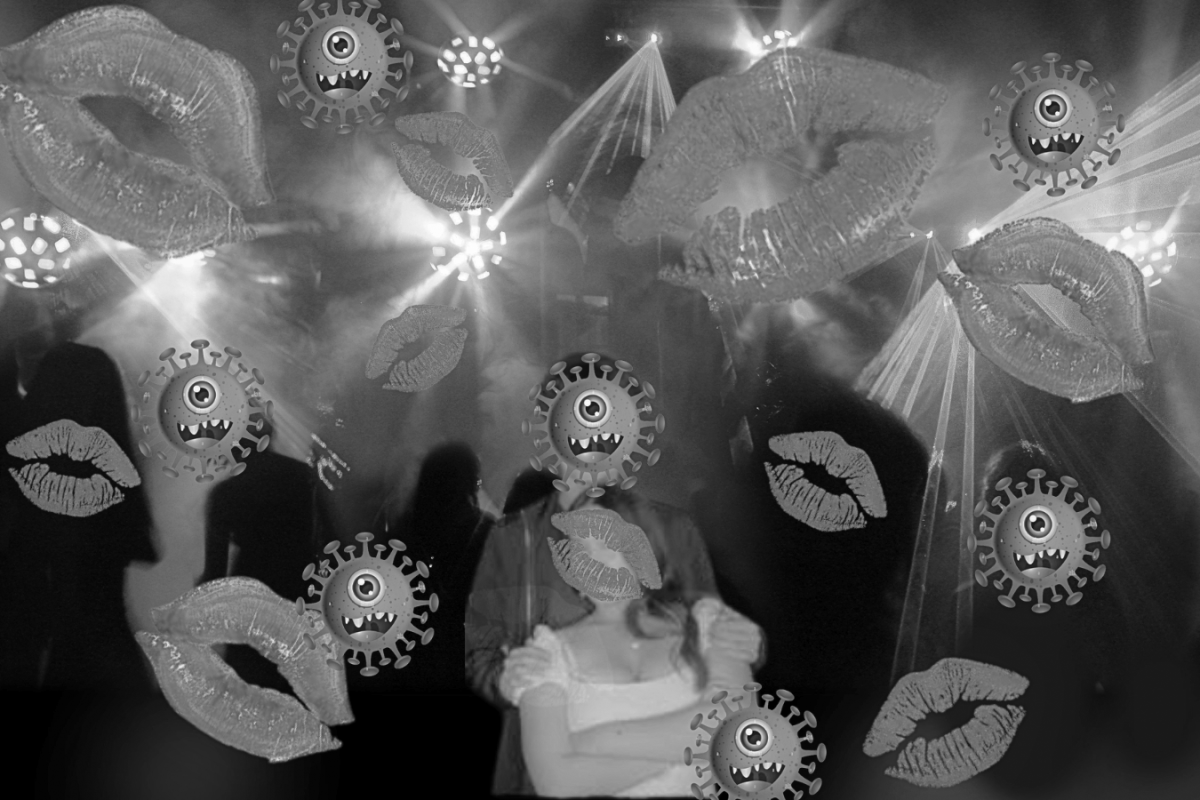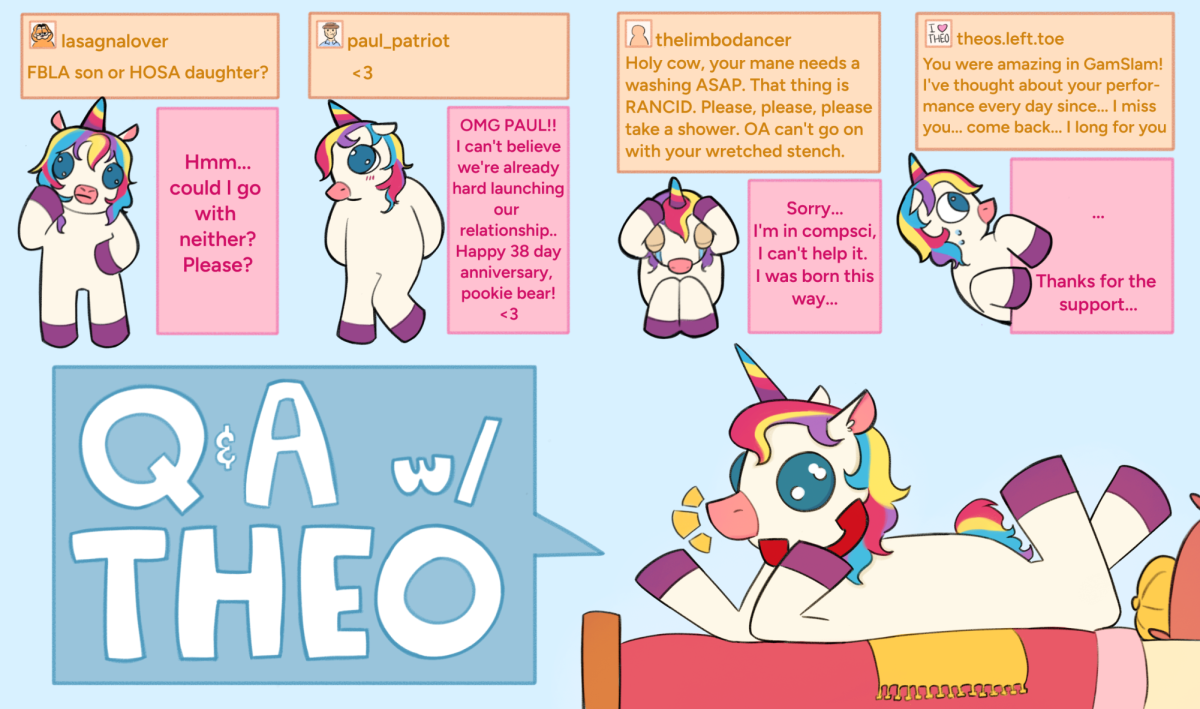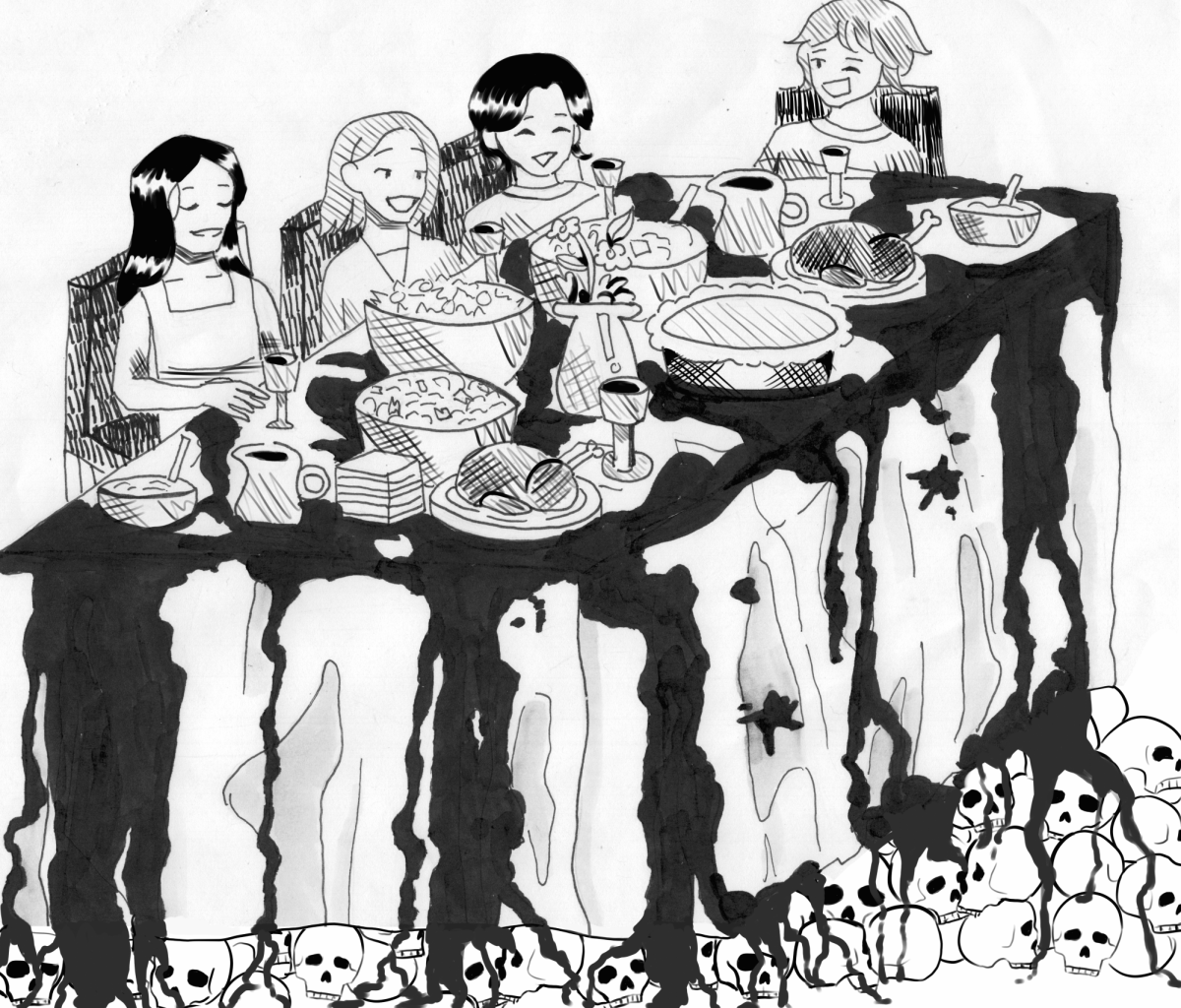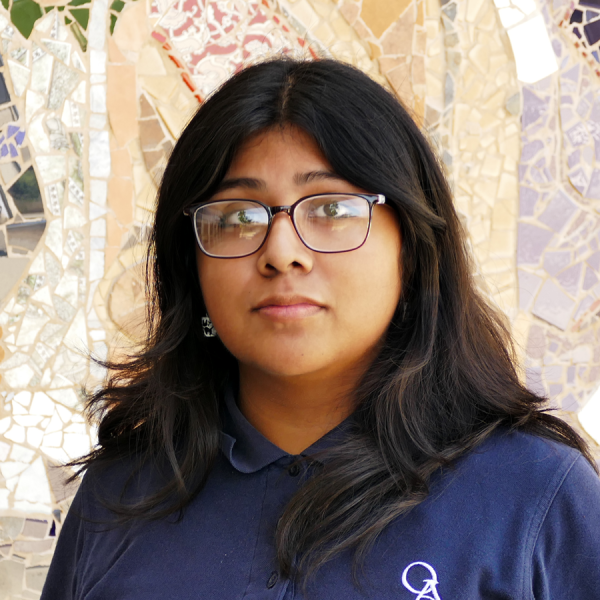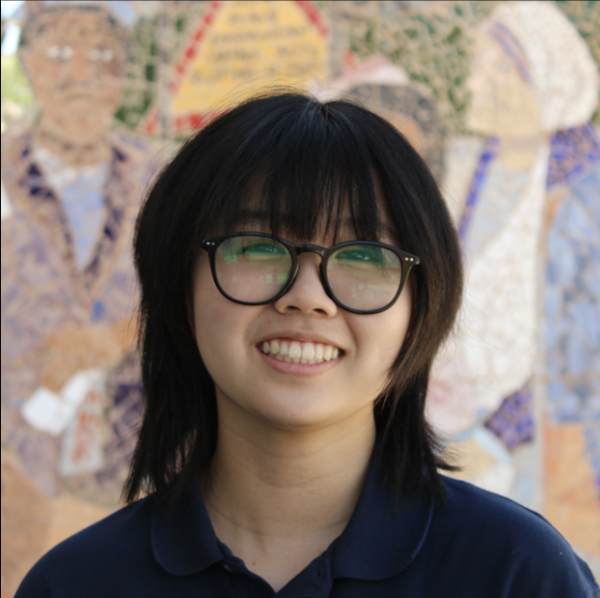Thanksgiving, the widely celebrated holiday dedicated to celebrating loved ones and feasting on warm, homemade food, has a dark underlayer beneath the surface of its story. Despite having a joyful sentiment, the idea of gratitude is sugarcoated, as the origins tell a false narrative of what the mainstream media portrays it as.
In 1621, the Pilgrims sat down in Plymouth, Massachusetts, and shared a feast with their indigenous friends, the Wampanoag people. While there is some truth to this tale, the story conceals the true relationship between European colonizers and Indigenous communities, and the mass genocide of native populations during the colonization of America. As Nov. 23 quickly approaches, people should drop their mindless gratitude and acknowledge the settler colonialism that created the very holiday they celebrate.
The relationship between the English settlers and the Wampanoag people was relatively positive from 1620-1661. The Wampanoag and Pilgrim leaders agreed on a treaty in 1620, ensuring their safety and mutually beneficial relations. For the next 10 years, these communities remained allies who traded goods for land and access to natural resources.
Throughout their allyship however, 25,000 English Puritans seeking religious revival immigrated to America, feeding into a plague that tore through half of the Indigenous community population between 1630-1642. Tension rose after the deaths of the Wamponaog leaders Massasoit in 1661 and later his son Wamsutta– resulting in the bloody King Philip’s War between the groups. The war ended with the decapitation and dismemberment of Metacomet, Wamsutta’s predecessor.
Wars between the Native Americans and colonizers have been taking place throughout the centuries. The Jamestown Massacre in 1622, the Pueblo Revolt in 1680, the Chickamauga Cherokee Wars in 1776-1794, and the Sand Creek Massacre in 1864 – are just a few of the catastrophic wars and battles caused by the arrival of Europeans in America.
Leaving Indigenous communities devastated and vulnerable to disease, colonizers continued to exploit them for their labor, resulting in mass genocide. Even the attempts made to rekindle peace between the communities failed, as over 360 treaties signed from 1778 to 1871 were violated in one way or another.
For Thanksgiving to be about giving gratitude, people have to acknowledge the disregard and mistreatment of the Indigenous peoples and their sacred land that traces back multiple centuries and persists today in the form of discrimination, racism, and poverty.
Bits and pieces of the prejudice and racism developed from colonization, wars, and exploitation of the native people reflect the current treatment of Indigenous communities. While federally recognizing Indigenous tribes and conserving land reservations is a step in the right direction, many of these land reservations are overcrowded and lack utilities like plumbing, kitchen facilities, and insulation, as stated by the Native Partnership. These communities, many being remote, struggle financially, as they earn below-poverty wages and have a major problem with food insecurity.
For Thanksgiving to be about giving gratitude, people have to acknowledge the disregard and mistreatment of the Indigenous peoples and their sacred land that traces back multiple centuries and persists today in the form of discrimination, racism, and poverty.
The National Day of Mourning, celebrated on the same day as Thanksgiving, is a holiday created by Wamsutta Frank James, a native activist. The holiday promotes Indigenous unity for people around the world to celebrate by observing “a day of remembrance and spiritual connection, as well as a protest against the racism and oppression that Indigenous people continue to experience worldwide,” as said by United American Indians of New England in an X (formerly Twitter) post last year.
“Now, 350 years later, it is a beginning of a new determination for the original American: the American Indian…to regain the position in this country that is rightfully ours,” Frank James said in his suppressed speech.
Some argue that the immense modernization of the holiday that has taken place over centuries has developed a new meaning for Thanksgiving celebrations. While the holiday is a deep-rooted tradition for many families across the nation, there must be a shift in how the custom is viewed. Instead of being oblivious to the true nature of the holiday, people can celebrate the Indigenous land and educate themselves by learning about the native foods and traditions.
With Thanksgiving being a classic icon for gratitude, love, and all things cozy, people must educate themselves on its long, violent history. Acknowledging Indigenous communities and swapping ignorance for appreciation is the first step to breaking down the false narrative of the Thanksgiving season.


